by Louise Irvine
Magnificent wild beasts tamed by Zulu riders take us on a journey of exploration through Africa’s diverse continent. The Travelers of Africa collection at WMODA was first developed by Ardmore in 2010 when South Africa hosted the World Cup Soccer and sports fans traveled to the continent from all over the world. As excitement mounted for the international event, Ardmore founder Fée Halsted delved into the history of the early European explorers in Africa. She poured over pictures by Victorian artists and adventurers, such as Thomas Baines, as well as the naïve jungle paintings of Henri Rousseau, the French post-impressionist artist. Another influence was the art of Mari B. Watts, whose paintings of exotic travelers and charming papier maché figures carrying parasols inspired Fée to create the Ardmore travelers.
Happy Hippos
Hippos were the first wild animals to be ridden at Ardmore. They were inspired by the Zimbabwean carved wooden curios, which are sold on the roadside between South Africa and Harare. Fée and her leading sculptor of riders, Alex Sibanda, are originally from Zimbabwe and often see the local arts and crafts on their travels across the border. It’s hard to believe that hippos are among the most dangerous animals in Africa when you see all the happy passengers and the smiling face on the monumental hippo at WMODA. In ancient Egypt, hippos were a hazard to river boats on the Nile and it was believed that the beast might be encountered in the journey to the afterlife. Symbolic ceramic models were placed in tombs and the legs were usually broken off to prevent the hippo from harming the deceased. Perhaps the most famous hippo tomb sculpture is William at the Metropolitan Museum in New York, which inspired many of the Ardmore designs.
Rupert the Rhino
In 2012, Alex moved from hippos to rhinos, raising awareness and funds for this endangered species. Relentless poaching and illegal trading of rhino horns, which are used in traditional Asian medicine, has led to a catastrophic fall in numbers. According to Save the Rhino, more than 7,245 African rhinos have been lost to poaching in the last decade – that’s roughly three rhinos a day! The problem is particularly serious in the province of KwaZulu-Natal where the Ardmore studio is located. The magnificent animals are also experiencing loss of their habitat due to increased farming and human development. When the Zambezi river was dammed in the 1950s, an orphaned baby black rhino was rescued and hand-reared by the vet’s family during Operation Noah. The vet’s children enjoyed riding Rupert before he was transferred to a game reserve.
An Elephant in the Room
In some countries, ivory continues to be a symbol of wealth, status and power, but stemming demand from consumer countries is fundamental to the survival of elephants also. To draw attention to the plight of these endangered animals, the Ardmore artists often use a natural ivory color to symbolize the tusks for which many of these magnificent animals died a tragic death. Elephants have long been tamed for riding although training them for entertainment and tourist experiences is now frowned upon. However, during the 1920s, artists often portrayed beautiful women riding on exotic animals. Royal Doulton’s most prestigious figure depicts Princess Badoura riding to her wedding on the back of an elephant and Lenci of Italy portrayed a nude woman perched on an elephant, in addition to hippos, turtles and fish as part of their Nudino collection.
Inspiration
Fée saw some of the fantasy riders from the Art Deco era, including Rosenthal’s Jolly Ride featuring a nude woman racing on an ostrich, when she visited WMODA for the opening of the Ardmore gallery in 2017. Fee’s fertile imagination works overtime when she is traveling overseas and she returns to South Africa with reference books and countless photos to share with her team. Ideas gleaned on visits to museums and private collections have ranged from naïve Staffordshire figures to Victorian Majolica wares. The rare Royal Doulton Boy on a Crocodile sparked off a bask of Ardmore crocodile riders. It’s hard to imagine that children once rode these dangerous creatures for photo opportunities at tourist farms.
A Dazzle of Zebras
The Ardmore artists make zebra riding look easy but in fact they are usually too aggressive to train. They kick and bite and their backs are not strong enough to support the weight of a person. Nevertheless, there were numerous attempts to tame them in the 19th century. Dr. Rosendo Ribeira, the first private medical practitioner to diagnose the bubonic plaque in Kenya, rode a zebra to visit his patients. In the 1920s, the American adventurer and documentary filmmaker, Osa Helen Johnson, rode a zebra while she was traveling in Africa. Perhaps the most successful zebra trainer was the eccentric zoologist, Lord Walter Rothschild, of the global banking family. He trained zebras to pull his carriage and took his team to Buckingham Palace in London in 1895, just to prove it could be done.
Stripes & Spots
Painting zebra stripes takes a lot of patience, as does distinguishing the leopard’s rosette markings from the cheetah’s spots. The Nene sisters, Jabu and Zinhle, have been entrusted with painting many of the Ardmore riders. Jabu joined Ardmore in 1991 at the age of 15 and she is skilled at interpreting animal skins as well as creating intricate geometric patterns on the saddle cloths and shady parasols. Her sister, Zinhle, is known particularly for her zebras, giraffes, and crocodiles, which she stipples, sponges and feathers with her brush and sgraffito needle. The sisters often partner with Alex Sibanda as well as Bennet Zondo, who also sculpts Ardmore riders with a keen eye for characterization. Bennet was born in Lesotho and like many rural African boys, he learned to model his toys from river clay while tending his father’s cattle. In 2002, while working as a gardener, he showed Fée one of his sun-baked clay sculptures of a cow and she recognized his ability to bring clay to life with his close observation of nature.
Pangolins in Pottery
In the last ten years, many unlikely animals have acquired passengers at Ardmore, including pangolins, warthogs, and aardvarks. Pangolins are believed to be the world’s most illegally trafficked wild mammals as their meat is considered a delicacy and their keratin scales are promoted as cures for a wide variety of conditions in traditional Chinese medicine from cancer to acne. To draw attention to the plight of this critically endangered animal, Fée and the Ardmore team have exhibited a wide range of pangolins in pottery, several of which are on display at WMODA.
Wonders of the Deep
The marine fantasies of the Ardmore artists can be traced back to the mythology of ancient Greece and Rome. Venus, who was born in the sea, and her son Cupid were often portrayed riding on dolphins along with the sea nymphs who helped sailors in distress. Medieval maps and bestiaries show monstrous sea creatures and whales feature prominently, often inspired by the biblical story of Jonah and the Whale. In the early years of the Ardmore studio, the late Bonnie Ntshalintshali portrayed Jonah emerging from a whale and this has become a symbol of her work. Ardmore artists first dived into ocean life to bring us some wonders of the deep as part of their exhibition about the Zulu Kingdom from the “Savanna to the Sea” and they proved very popular in the Splash! exhibit at WMODA in 2015. In their imaginations, Zulus in traditional costume ride the waves on dolphins, whales, giant fish and even squid.
The Wiener collection
Arthur Wiener has been a collector of Ardmore ceramic art since 2009, when he was first introduced to their magnificent urns, vases and tureens. Among his earliest acquisitions were pieces incorporating riders in lush foliage sculpted by Sabelo Khoza and painted by Wiseman Ndlovu. Wiseman is one of Ardmore’s top artists and his work has been described as “a triumph of sophisticated natural realism.” He became passionate about art at school and was selling his prints and watercolors when his portfolio was shown to Fée in 2005. He now teaches at Ardmore’s annual Winter School and travels on demonstration tours, most recently to Florida in 2016.
Read more about Ardmore... Ardmore Commemorative Ewer, Women in Culture, Abundance for Earth Day, Operation Noah, Black History Month, Out of Africa into WMODA, Rock the Red Ribbon
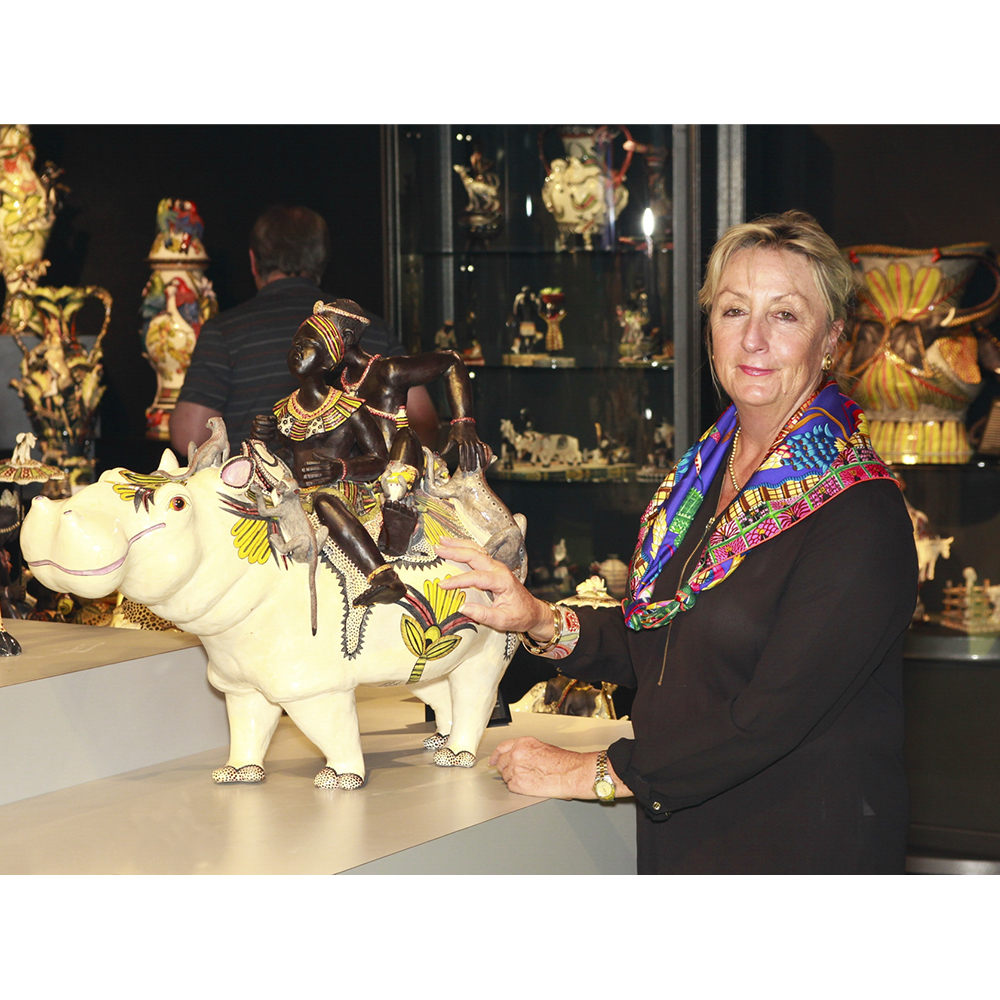
Fée Halsted at WMODA
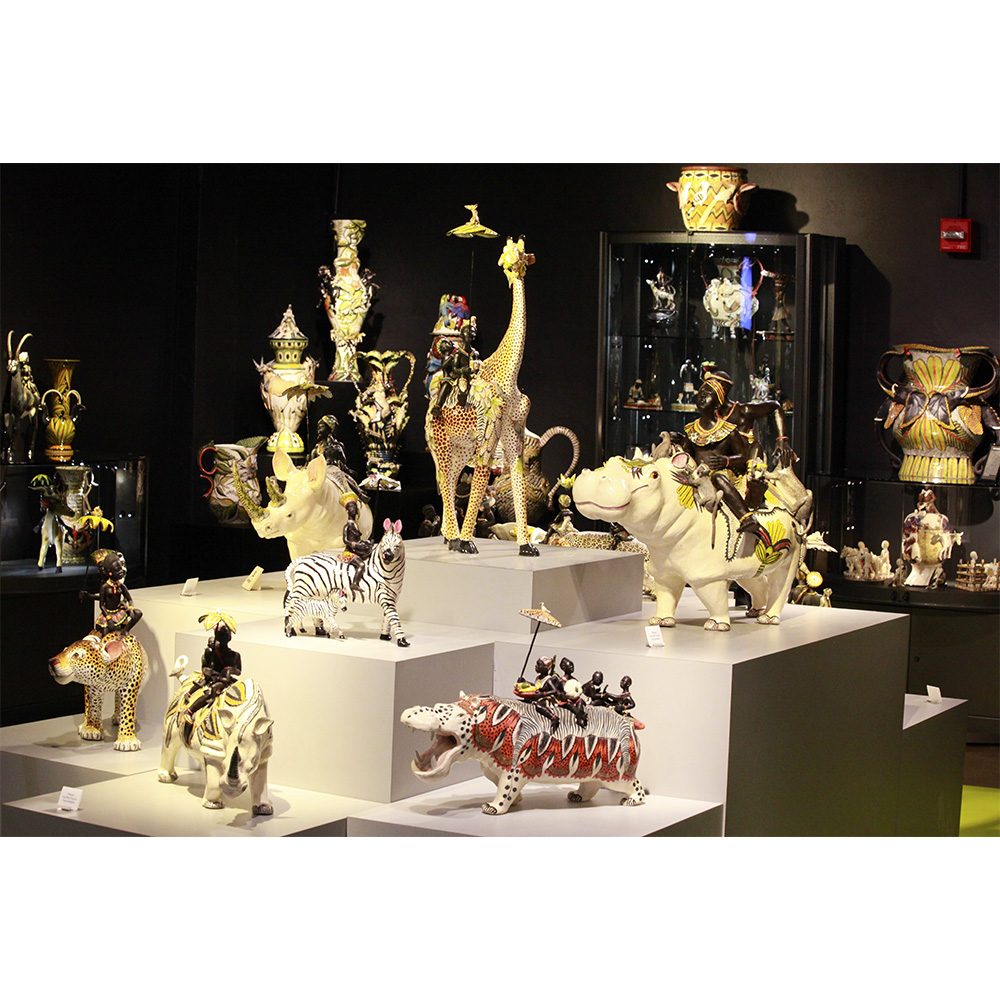
Ardmore Gallery at WMODA
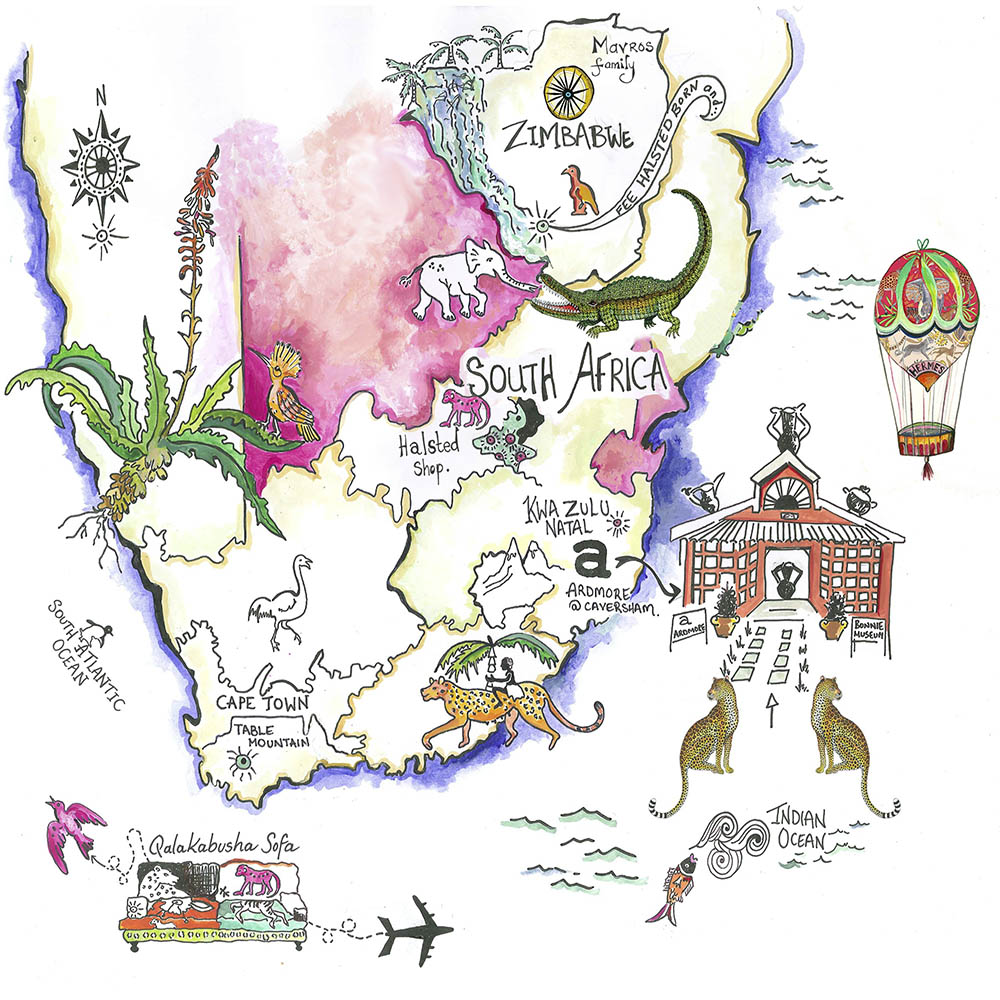
South Africa Map by C. Berning
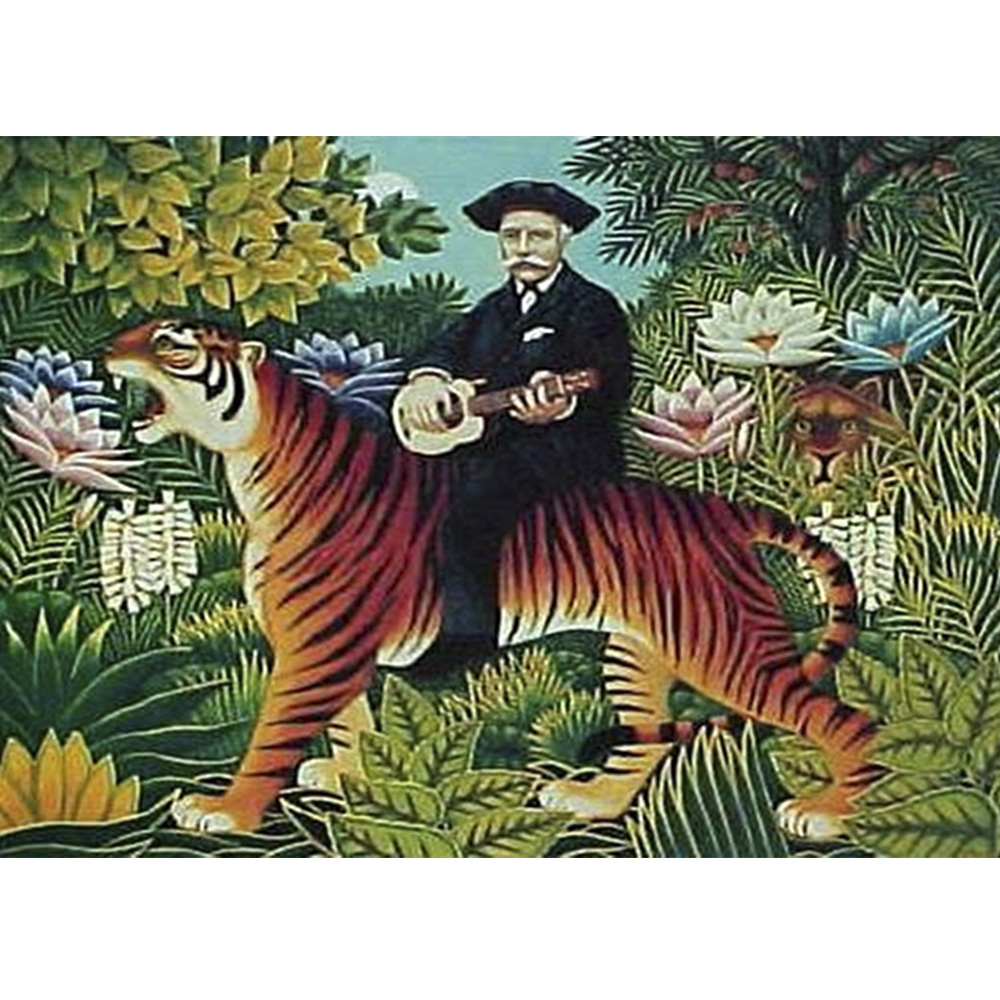
Riding a Tiger by H. Rousseau
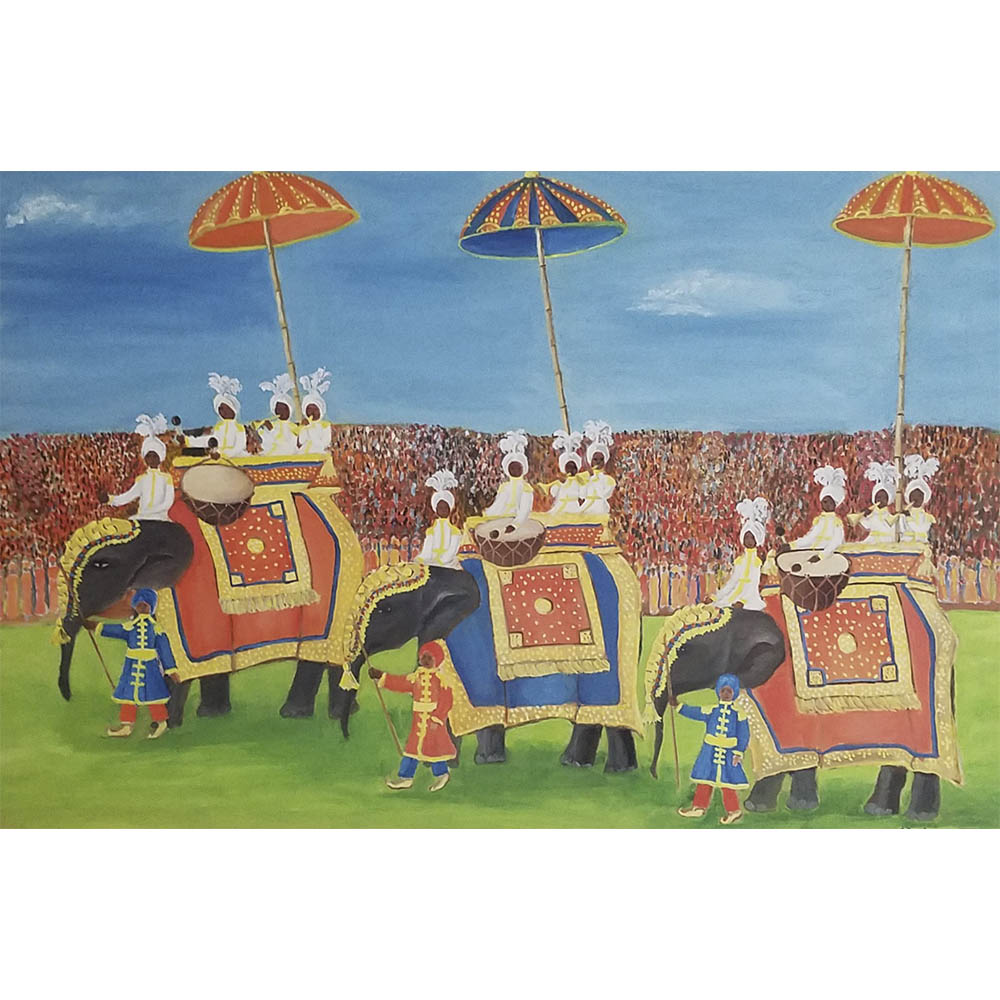
Elephant Riding by M. B. Watts
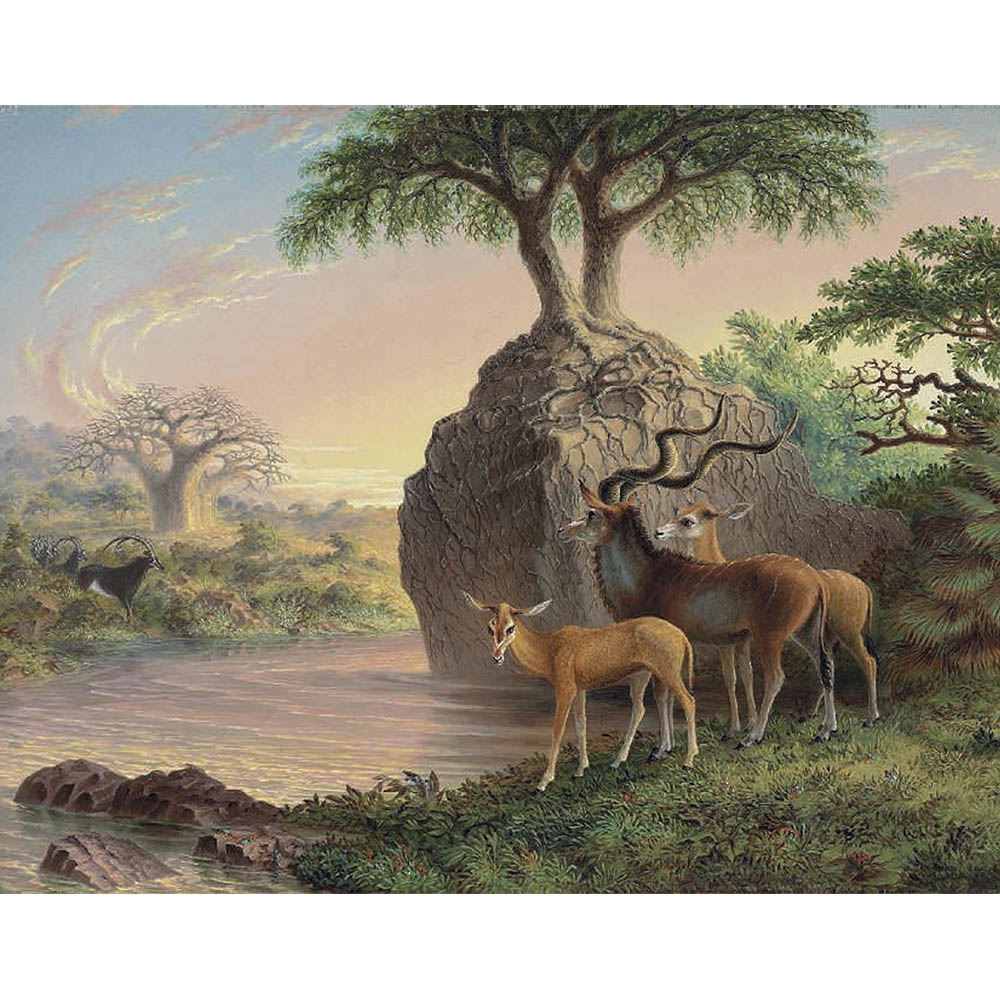
Zambezi Valley by T. Baines
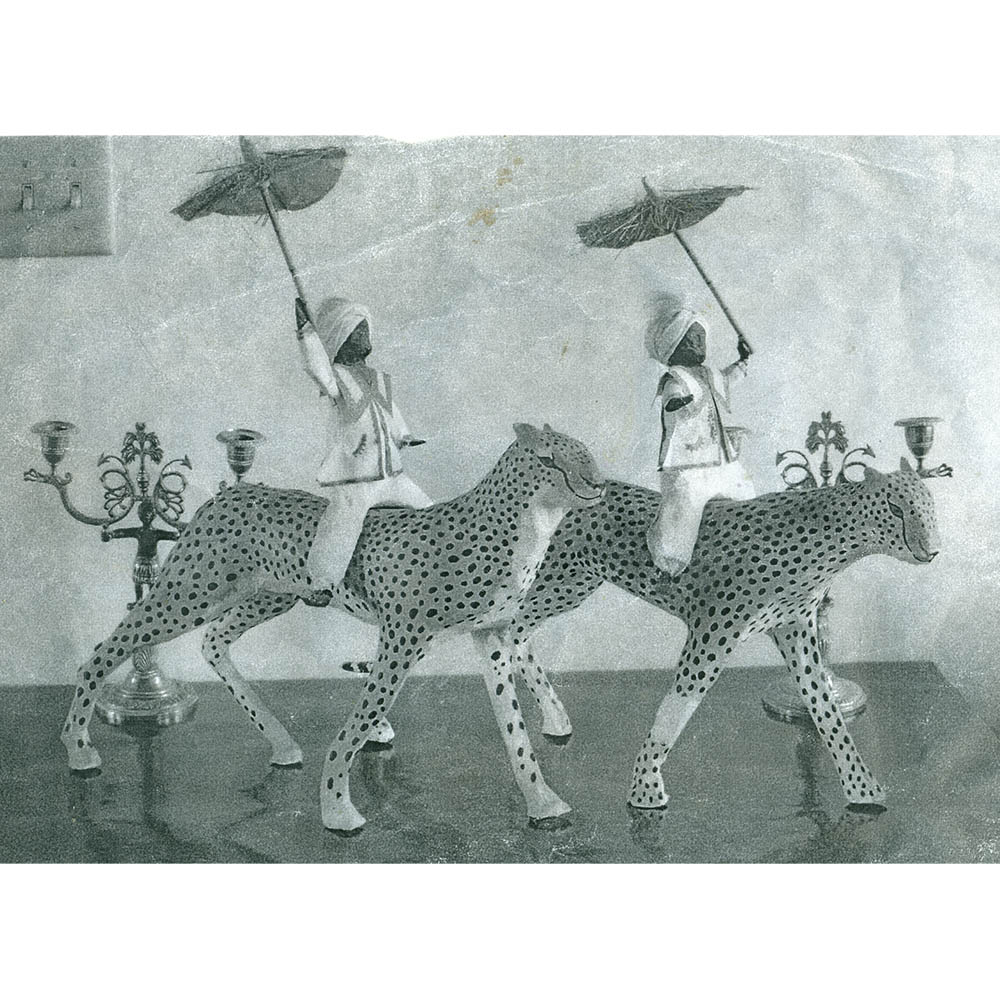
Papier Maché Cheetahs by M.B. Watts
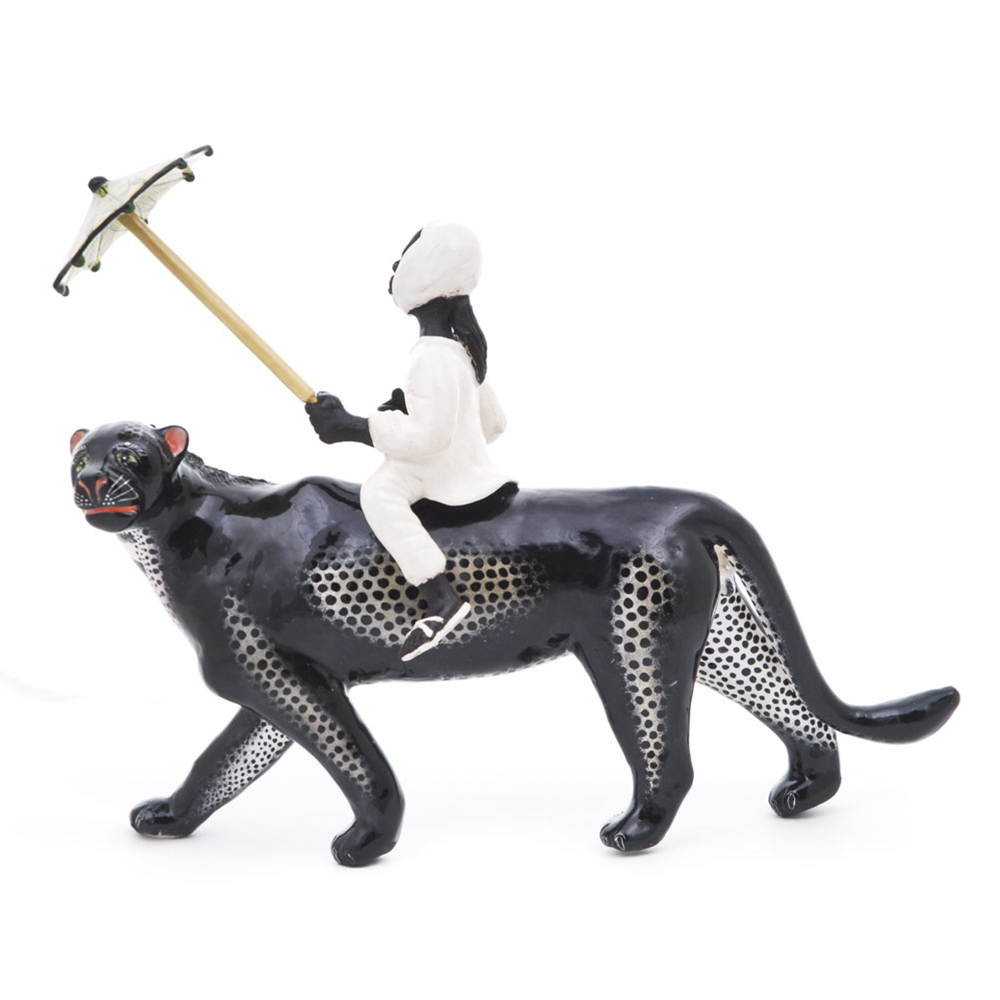
Ardmore Cheetah Rider by Alex
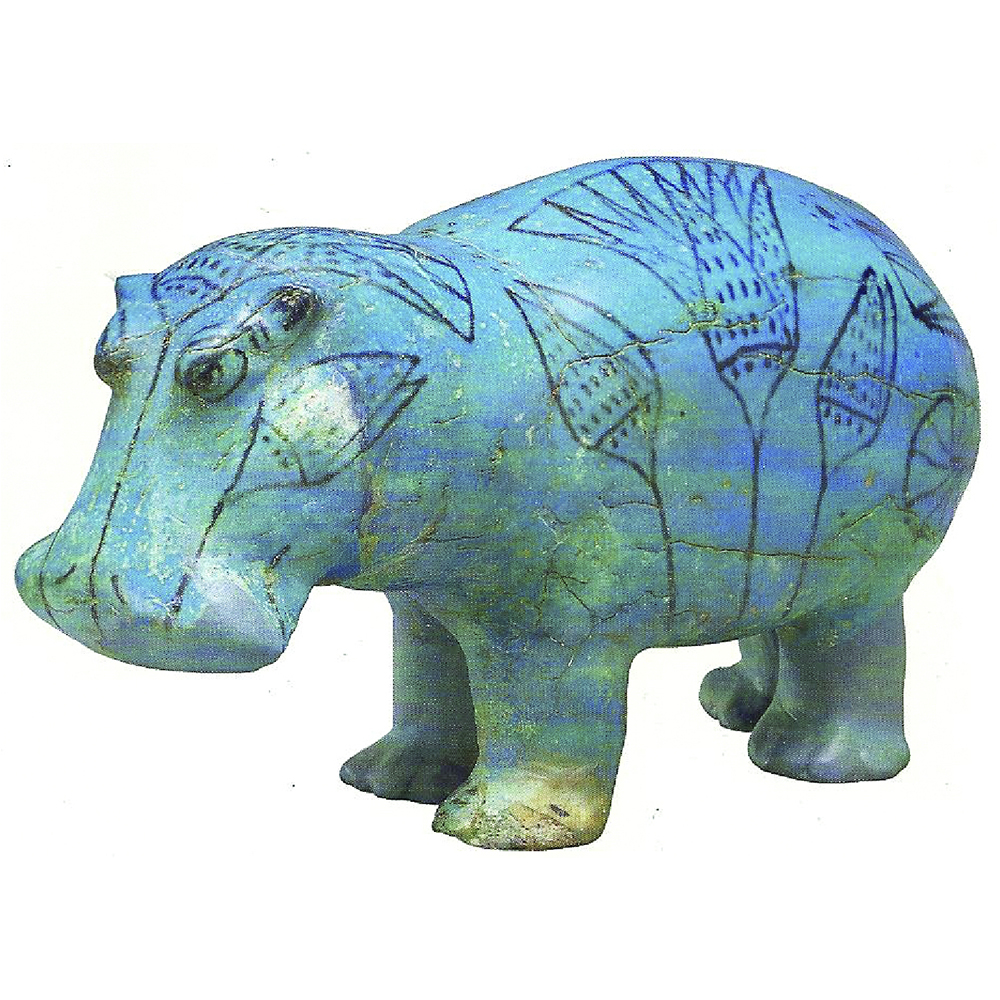
Egyptian Tomb Hippo
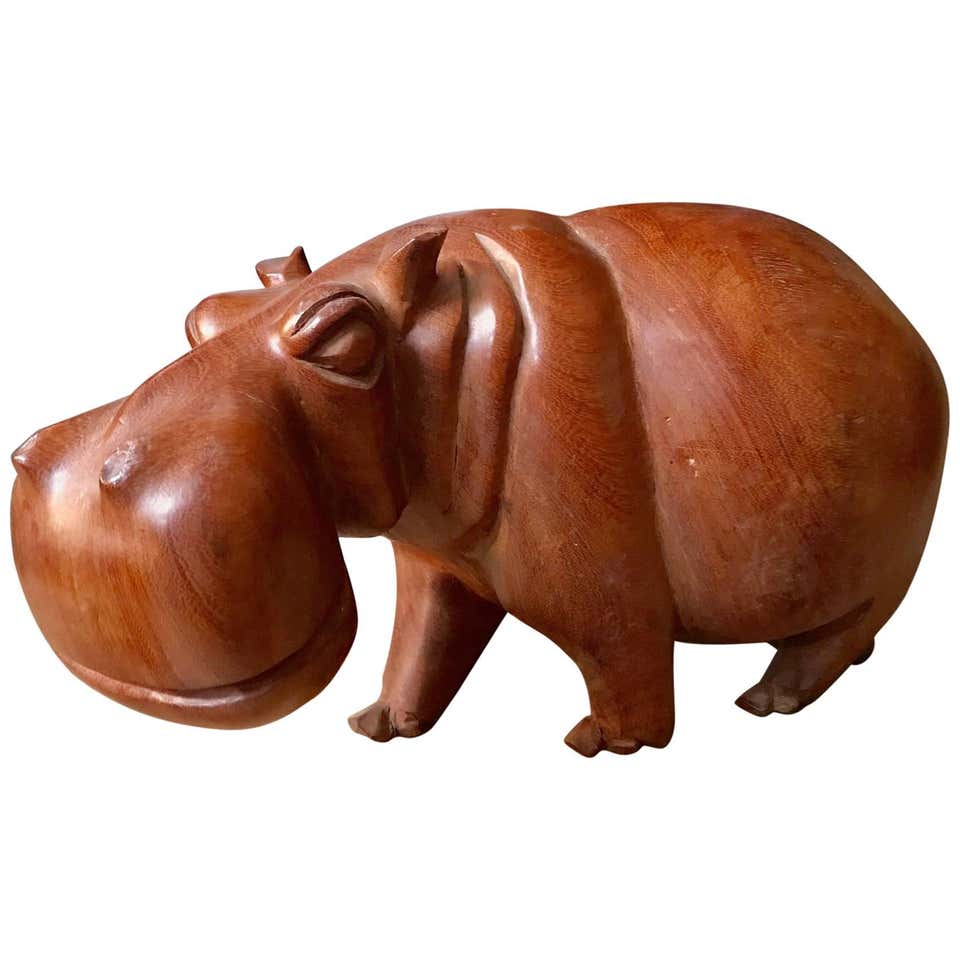
African Teak Hippo
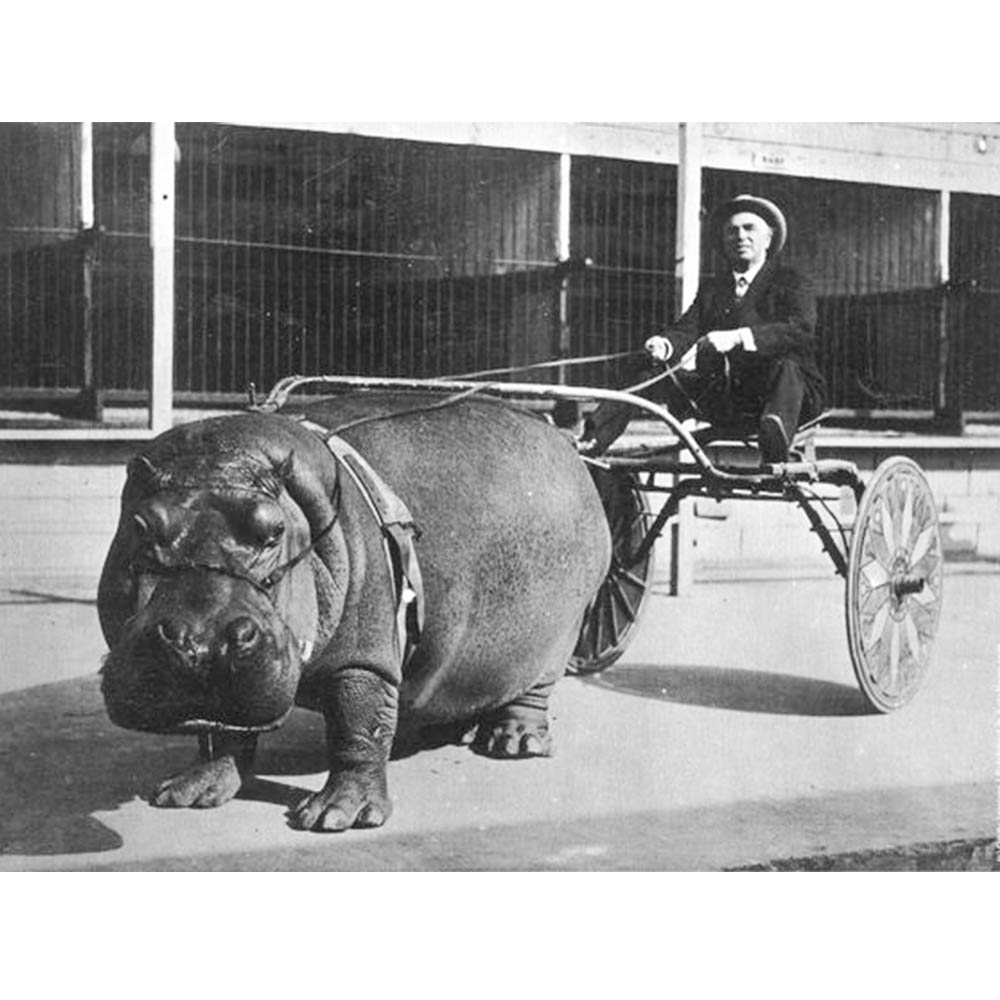
Hippo Cart 1920s
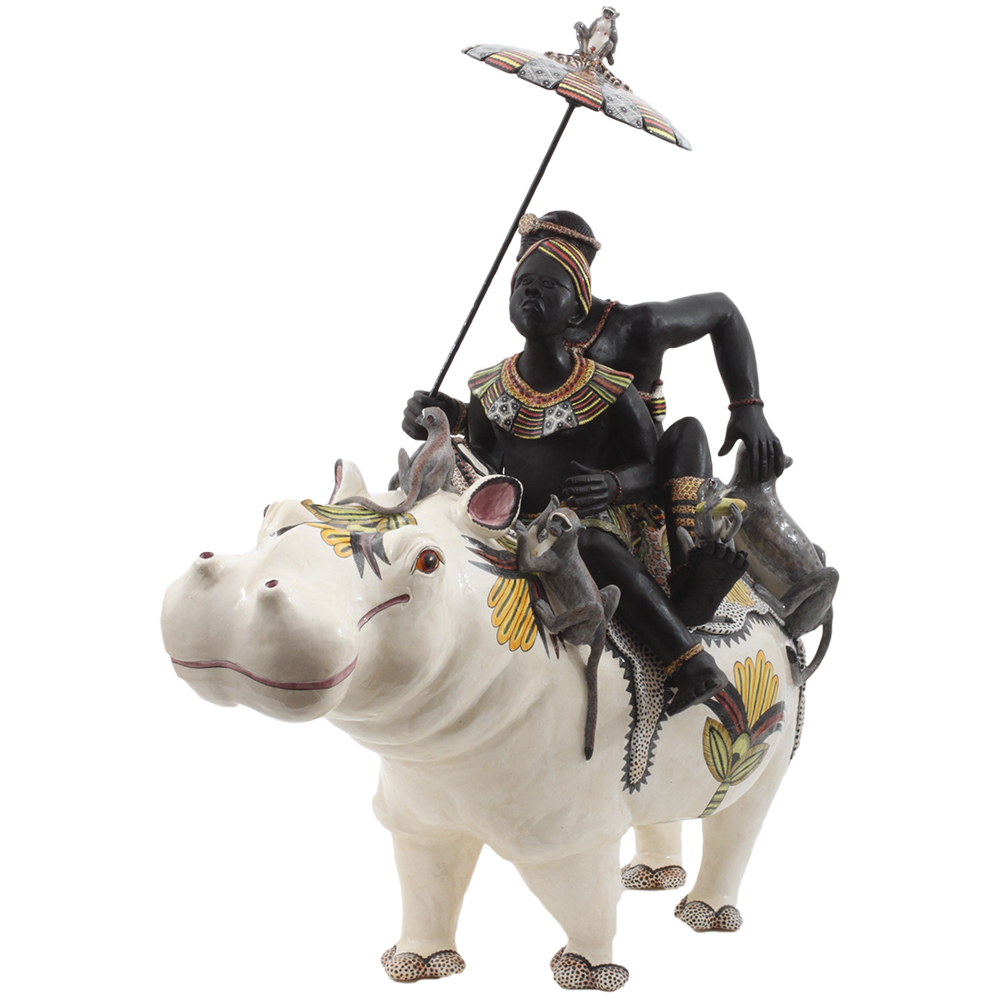
Ardmore Hippo by Alex & Jabu
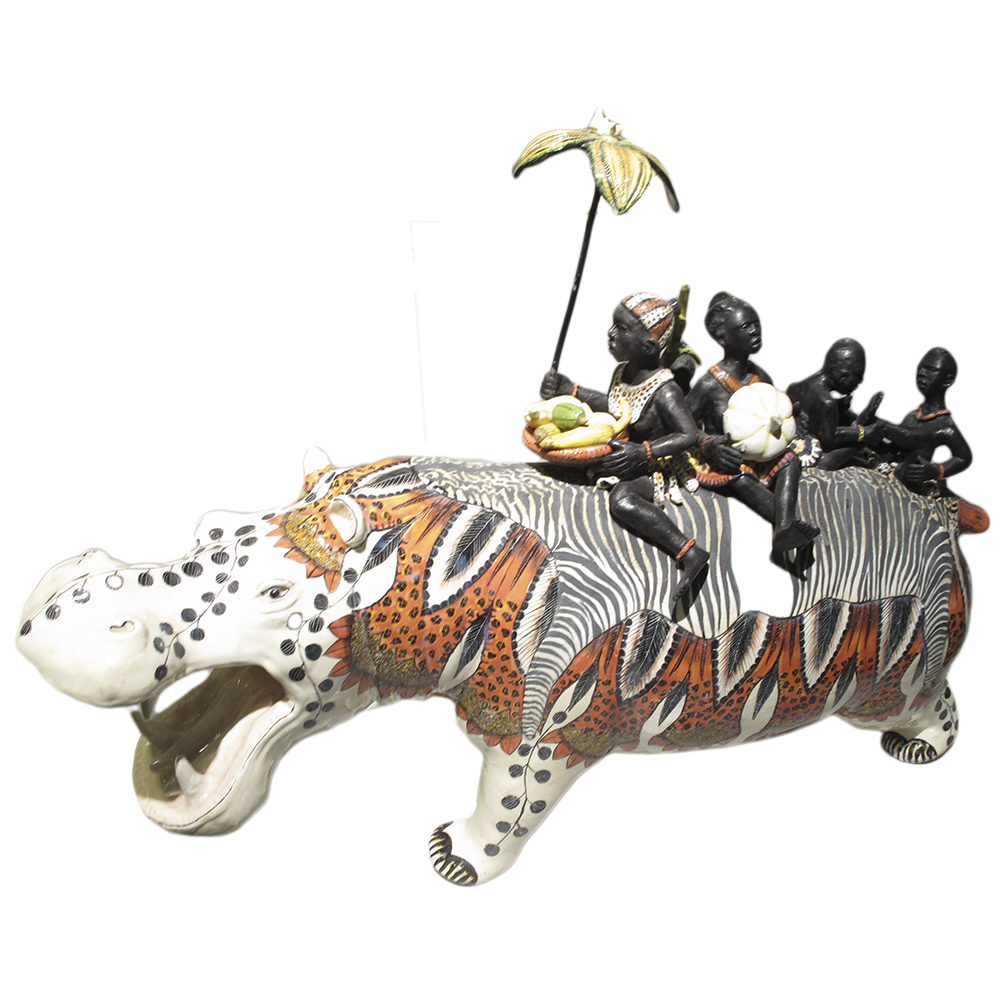
Ardmore Hippo by Alex & Zinhle
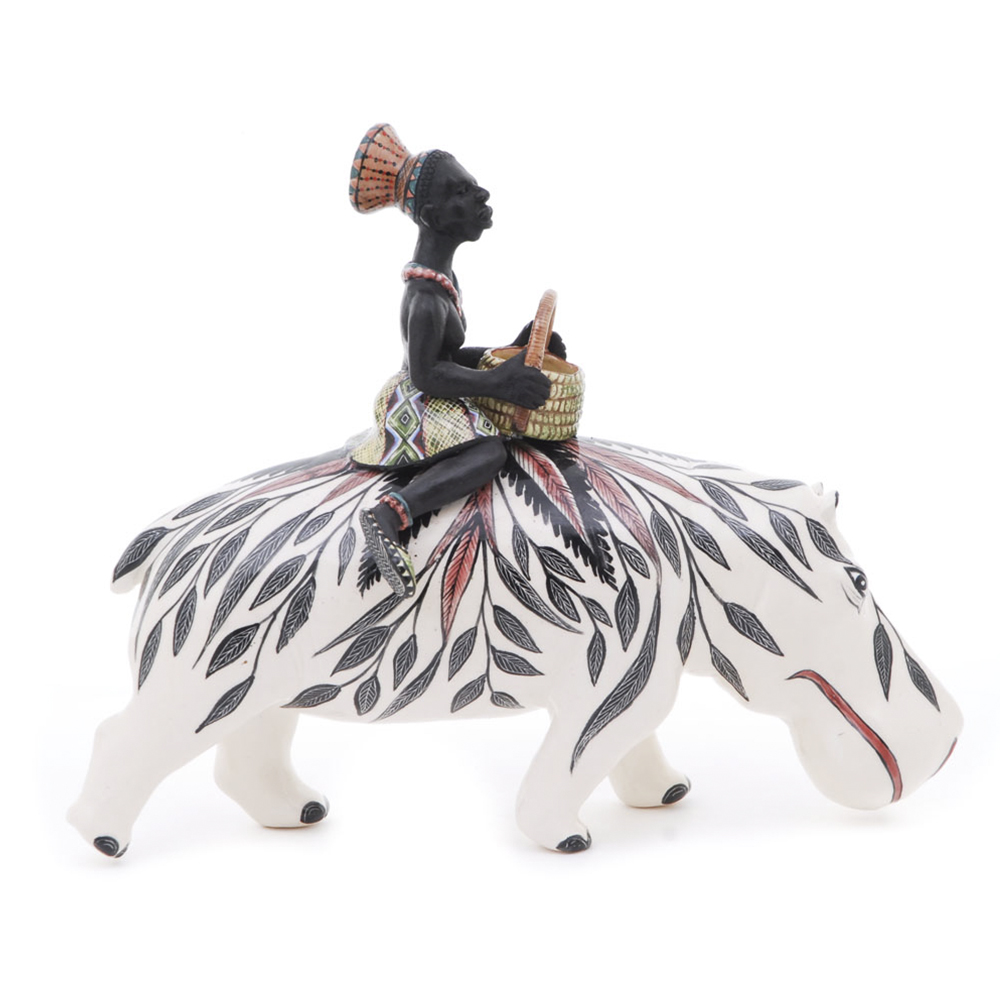
Ardmore Hippo by Alex & Sthabiso
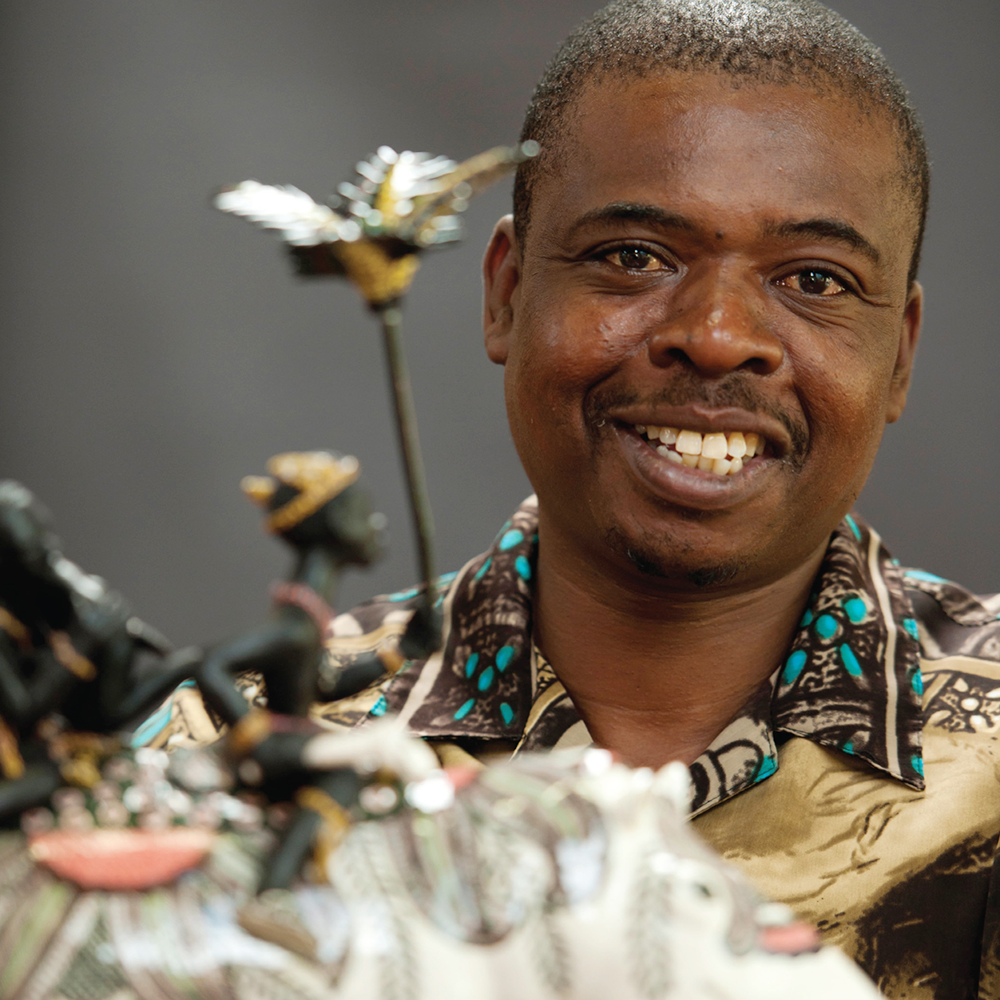
Alex Sibanda
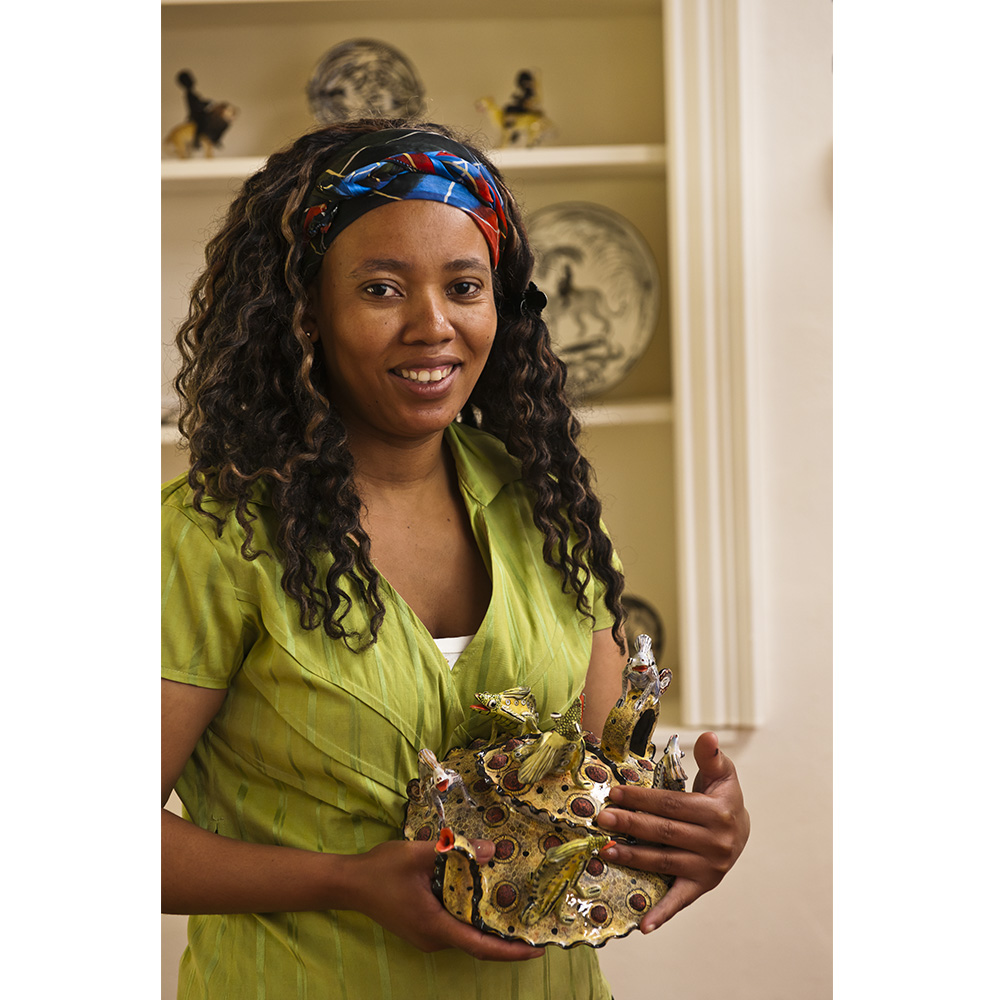
Zinhle Nene
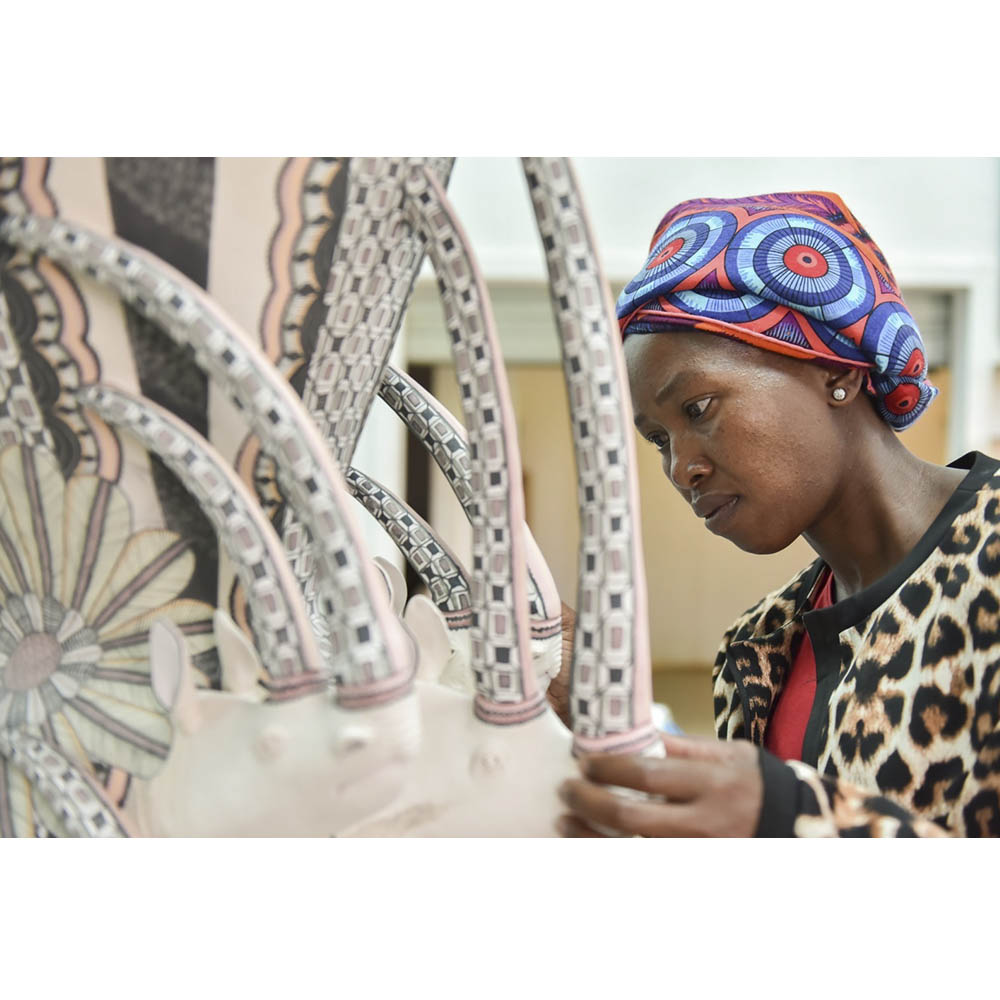
Jabu Nene
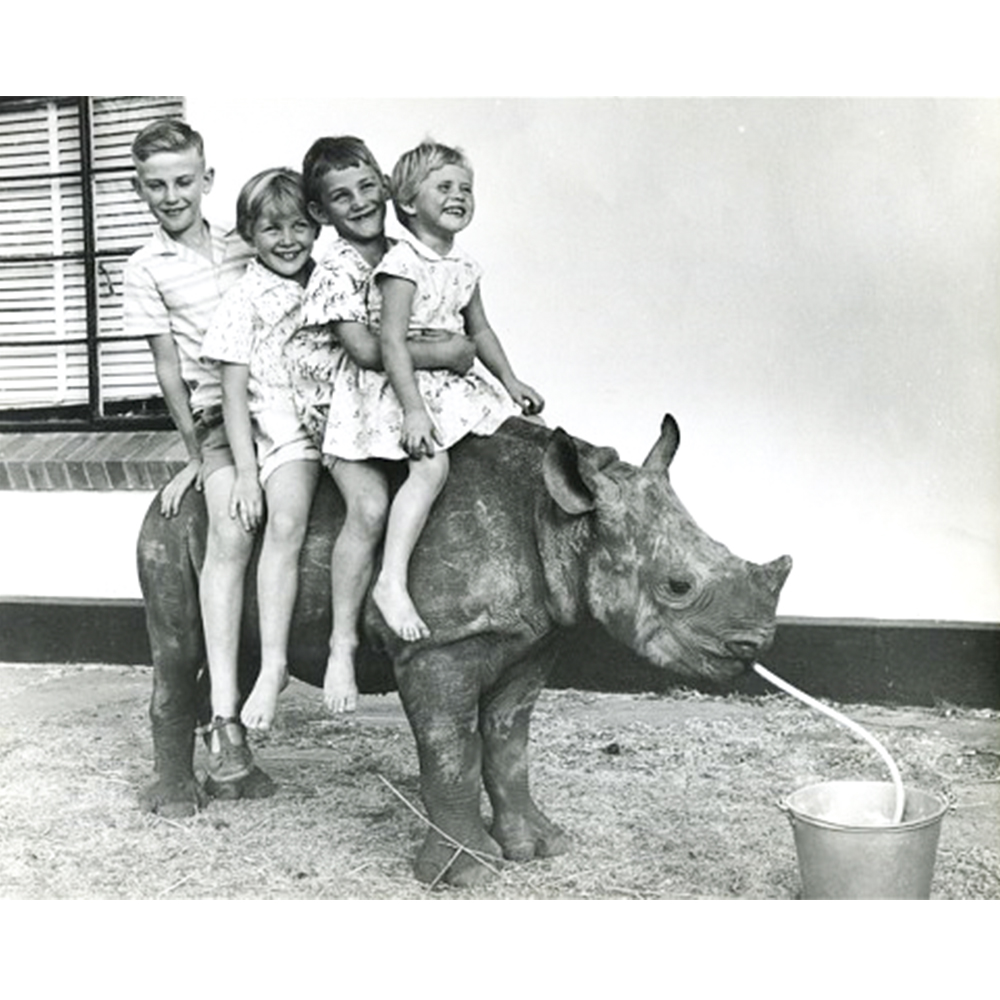
Children riding Rupert the Rhino
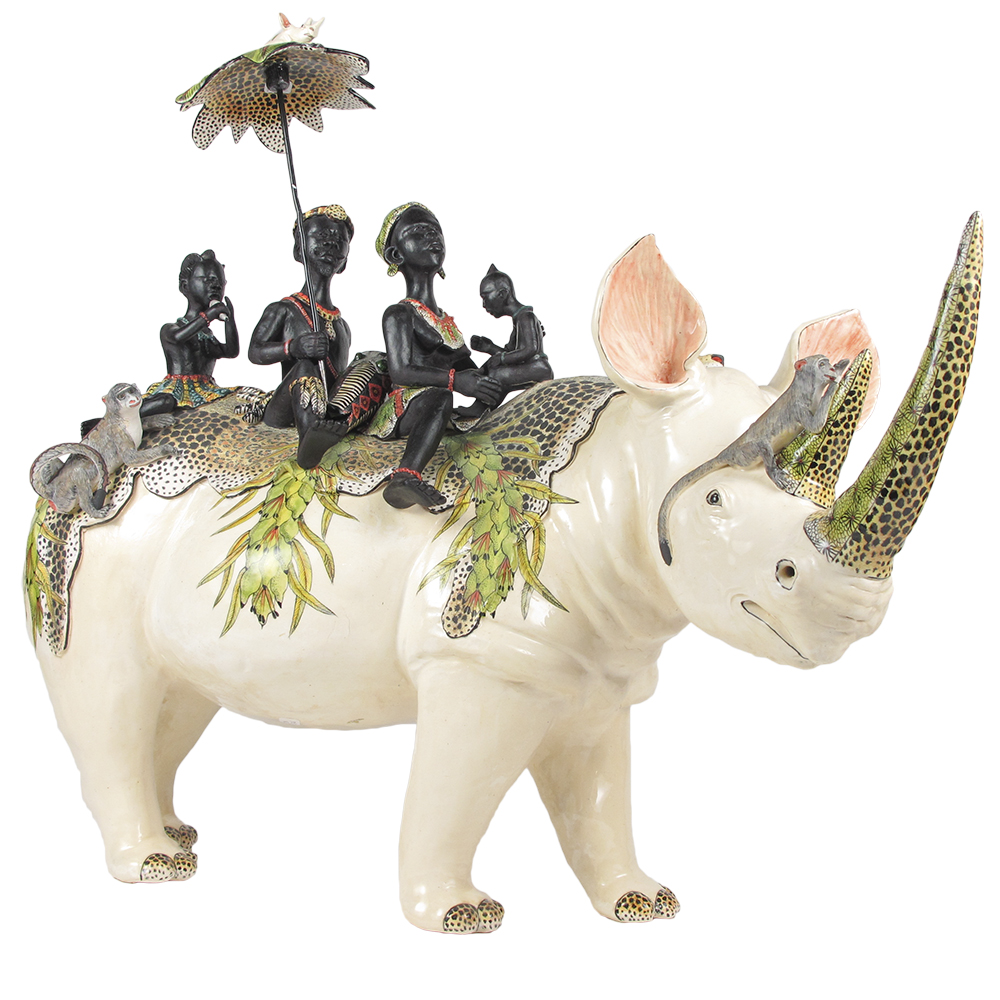
Ardmore Rhino by Alex & Zinhle
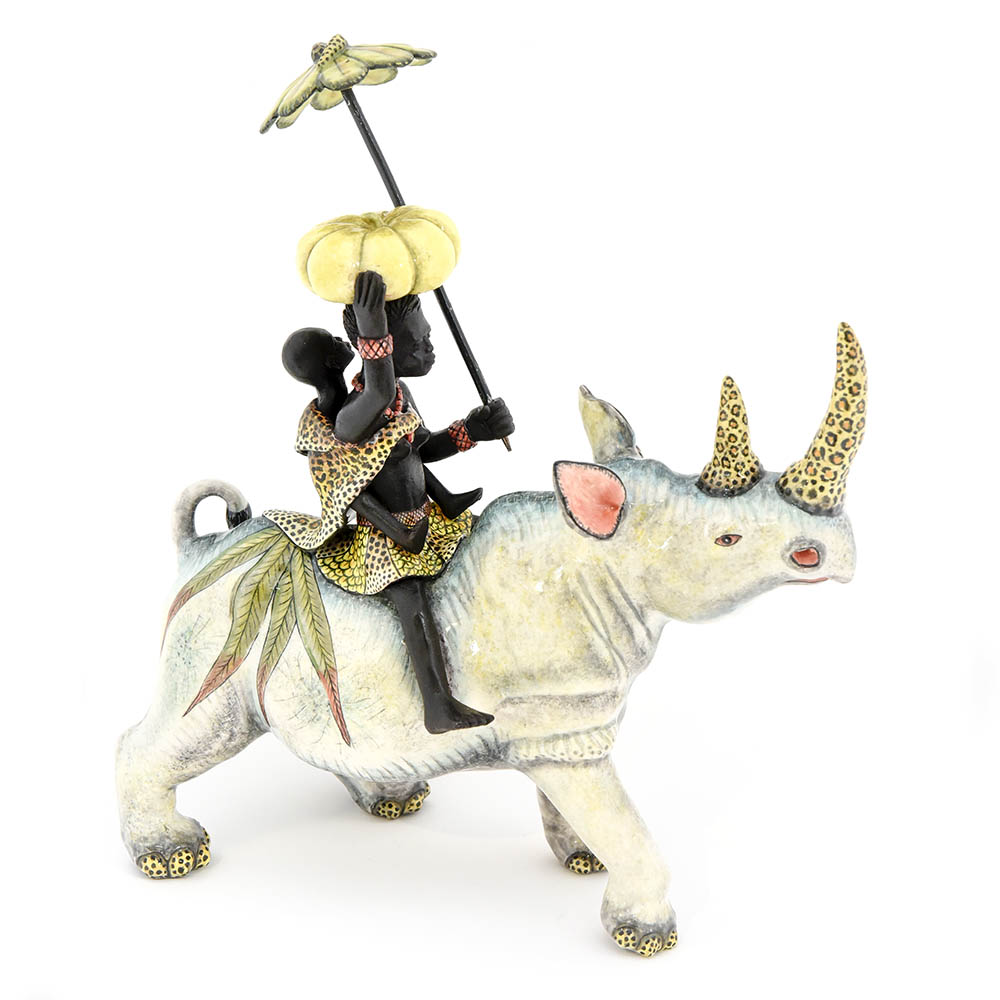
Ardmore Rhino by Alex & Mickey
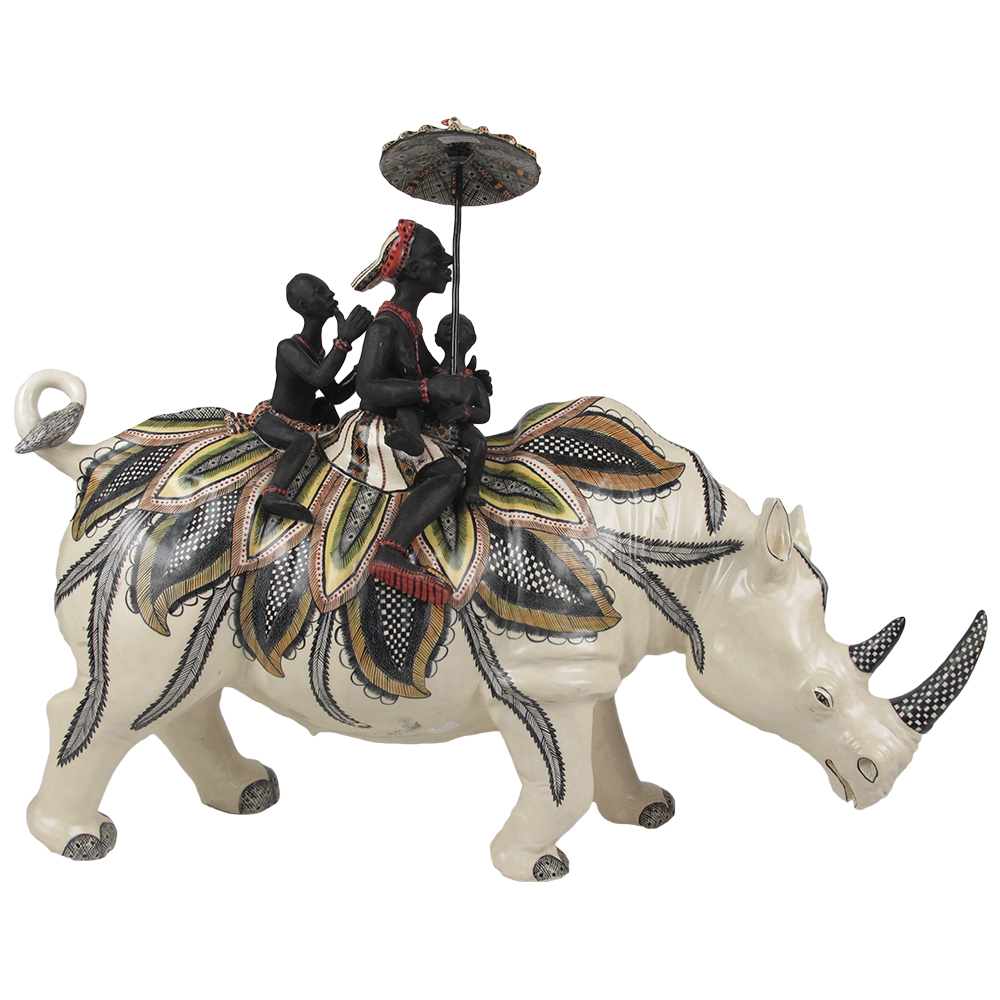
Ardmore Rhino by Alex & Jabu
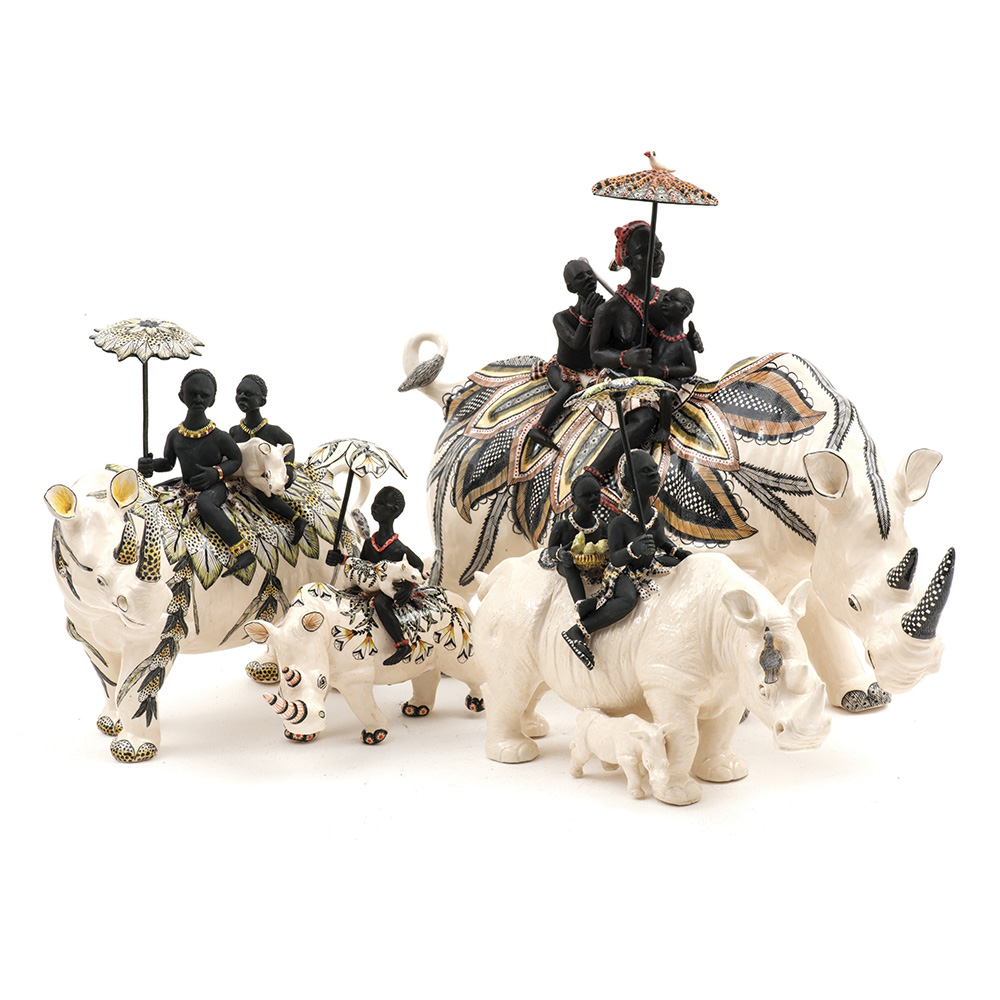
Ardmore Crash of Rhino
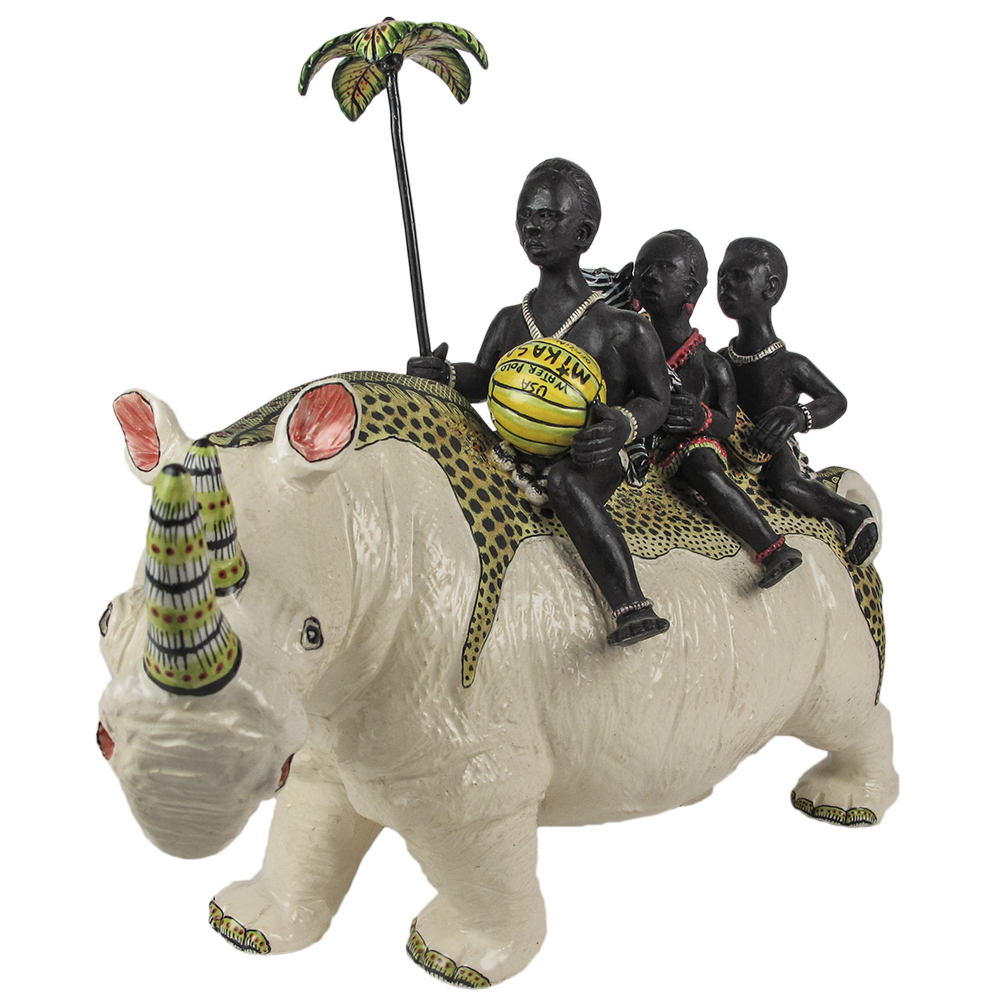
Ardmore Rhino by Alex & Misiwe
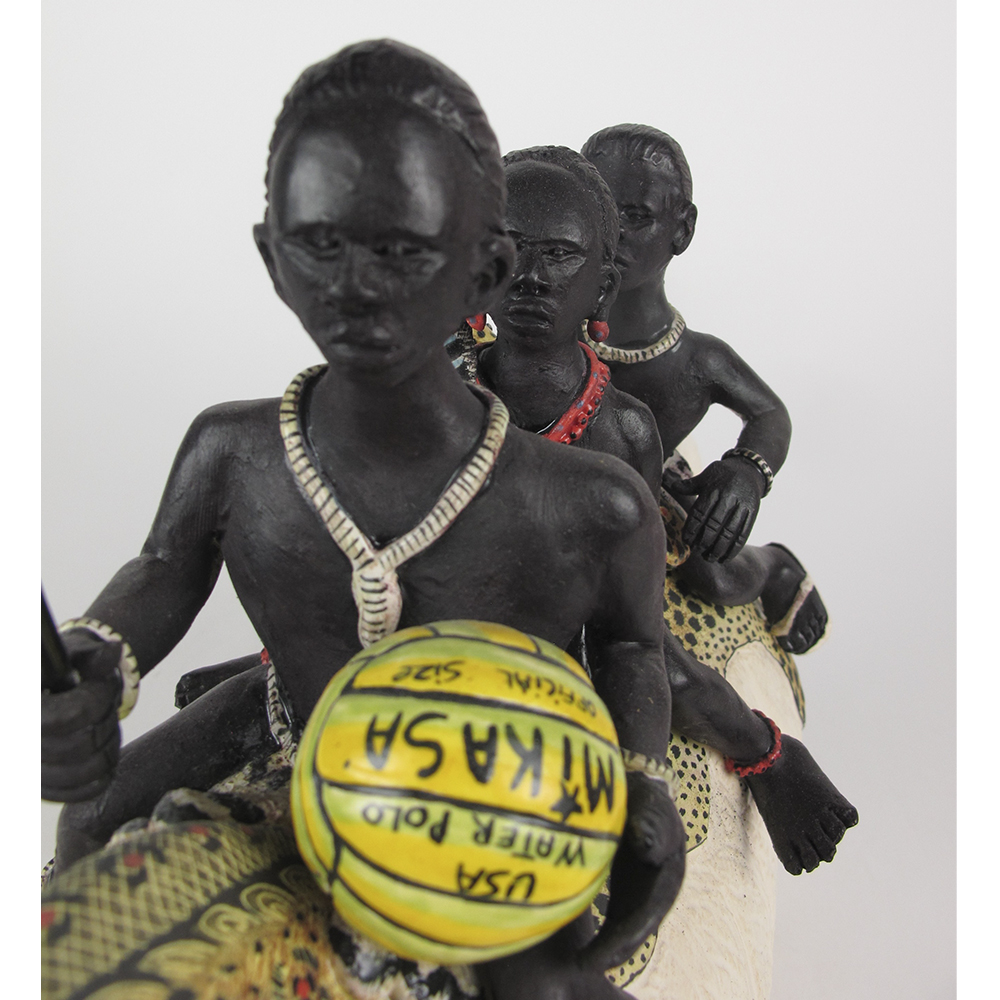
Rhino Riders detail showing Water Polo Ball
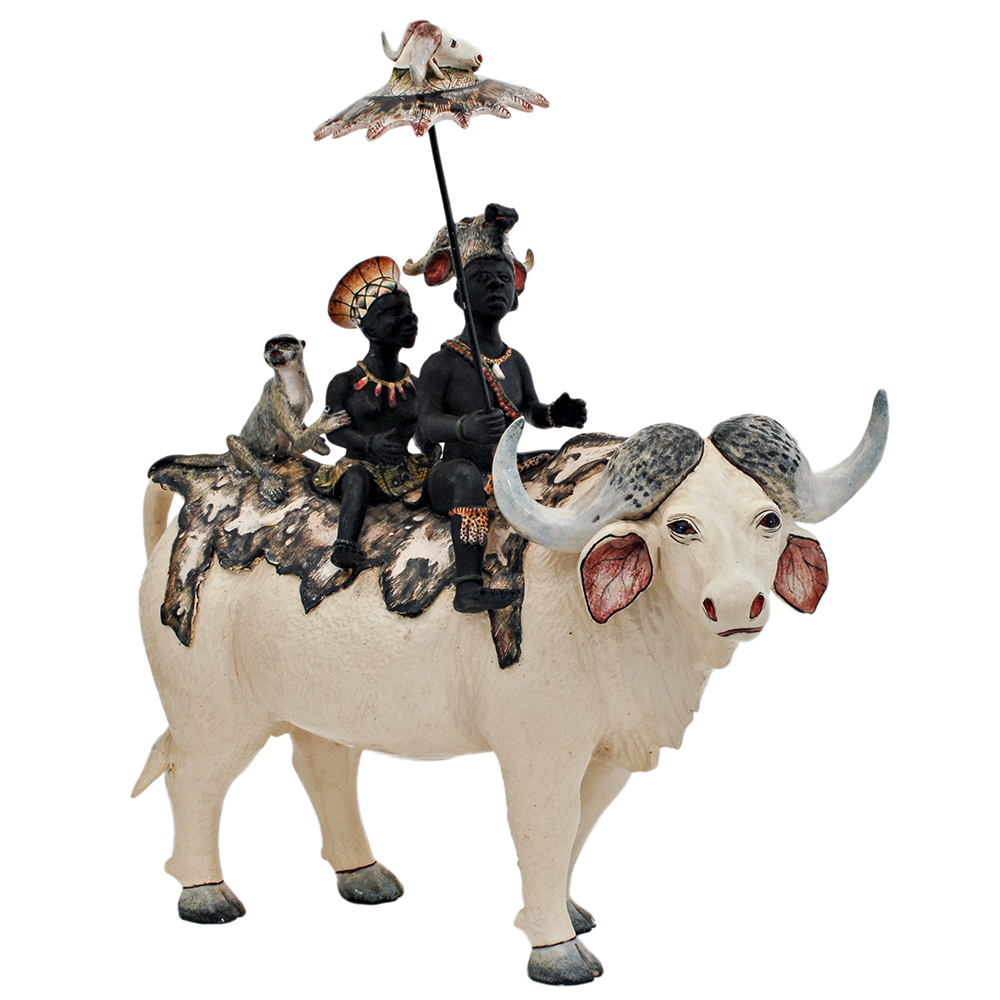
Ardmore Buffalo by Alex & Sthabiso
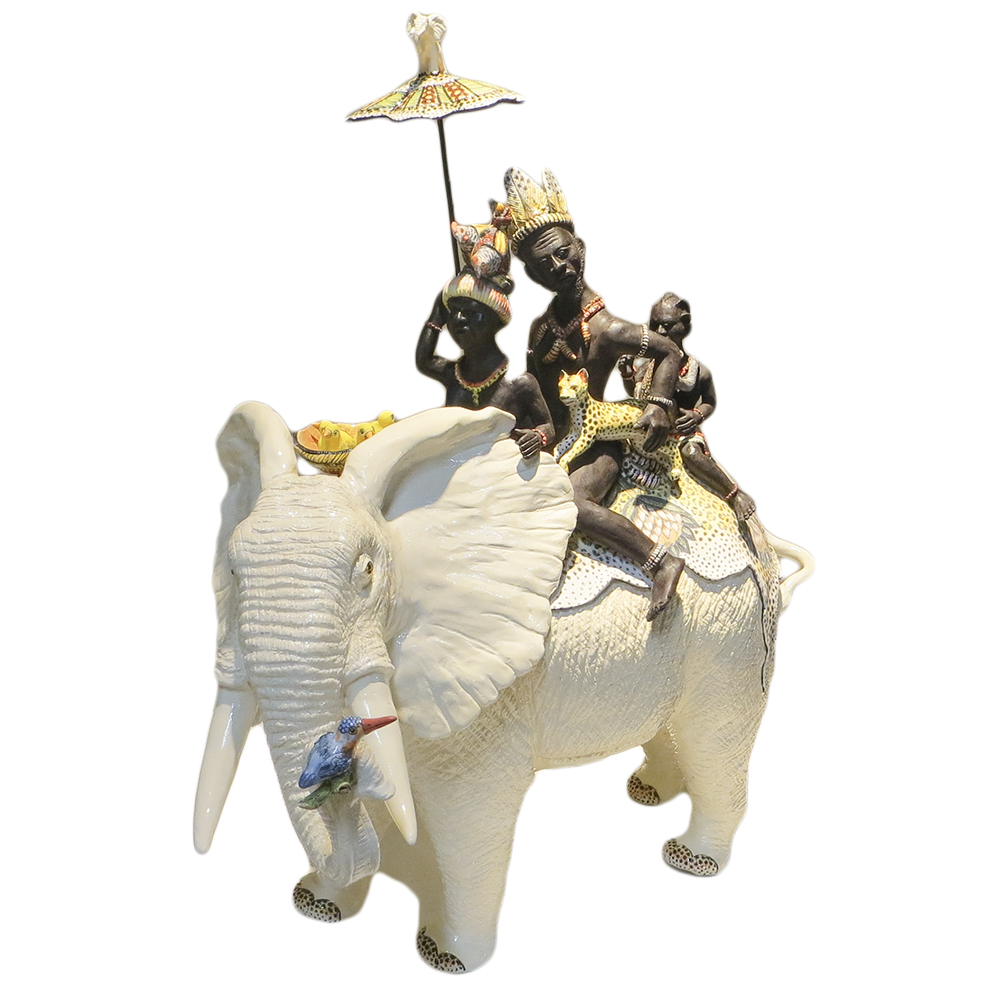
Ardmore Elephant by Alex & Zinhle
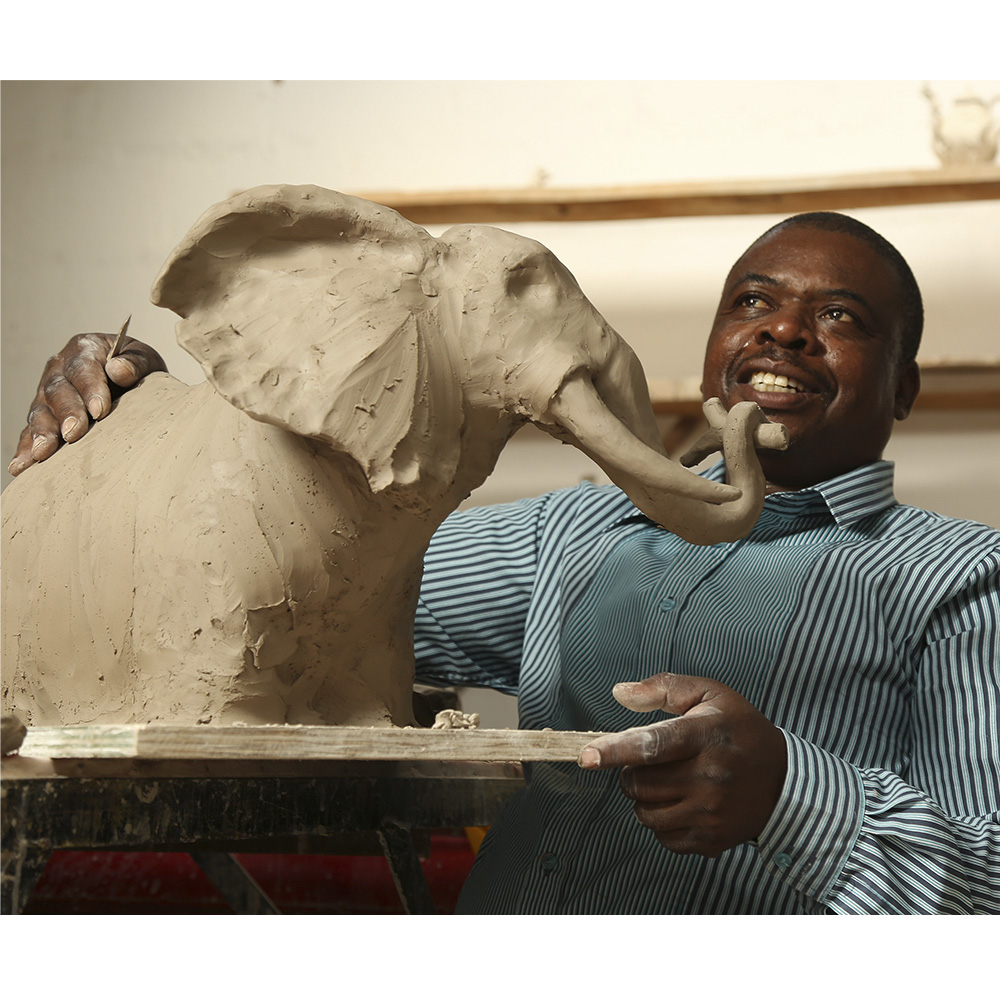
Alex Sibanda sculpting an Elephant
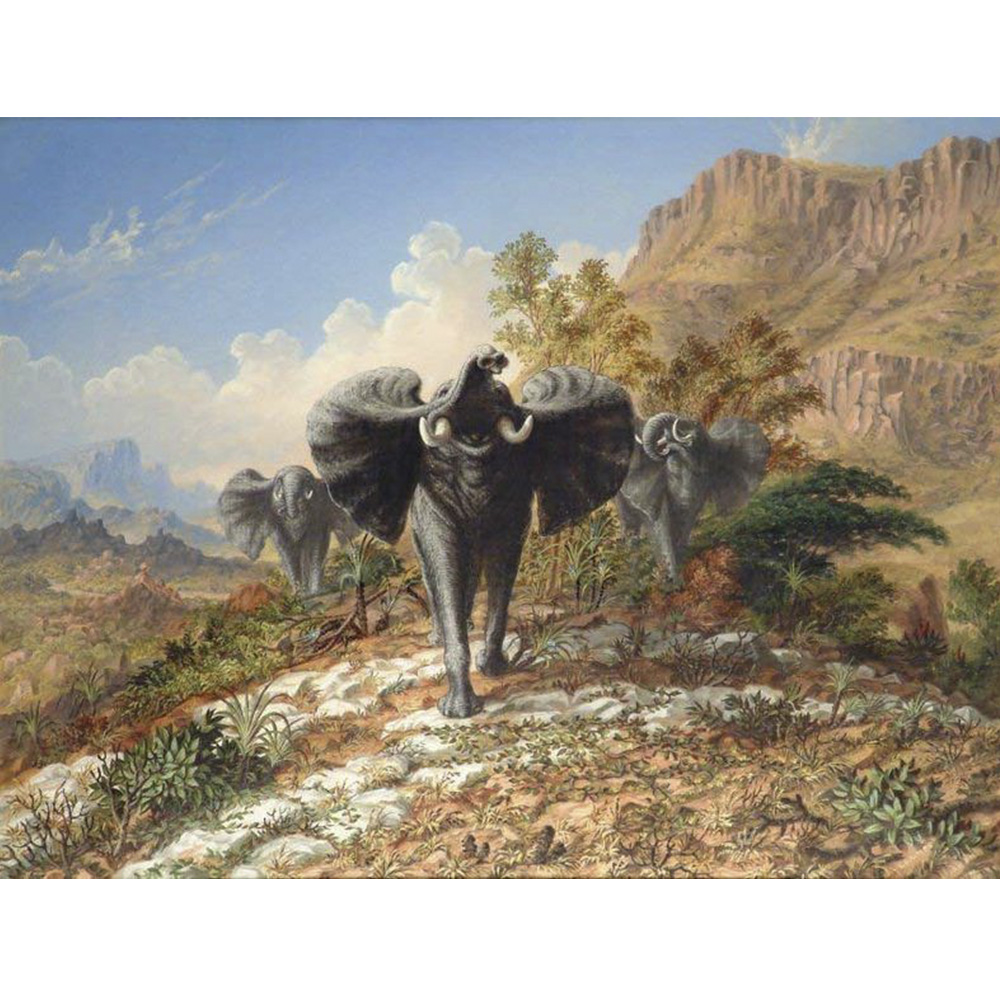
Elephants by T. Baines
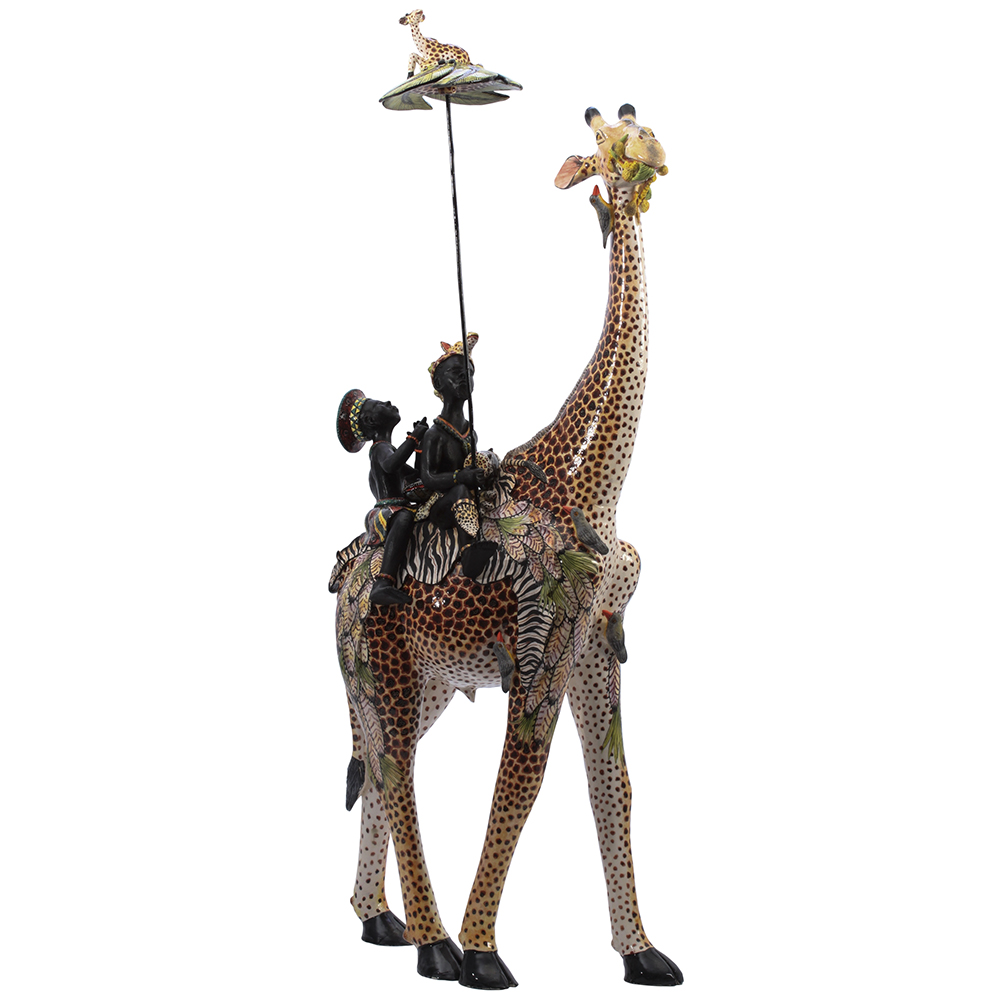
Ardmore Giraffe by Alex & Zinhle
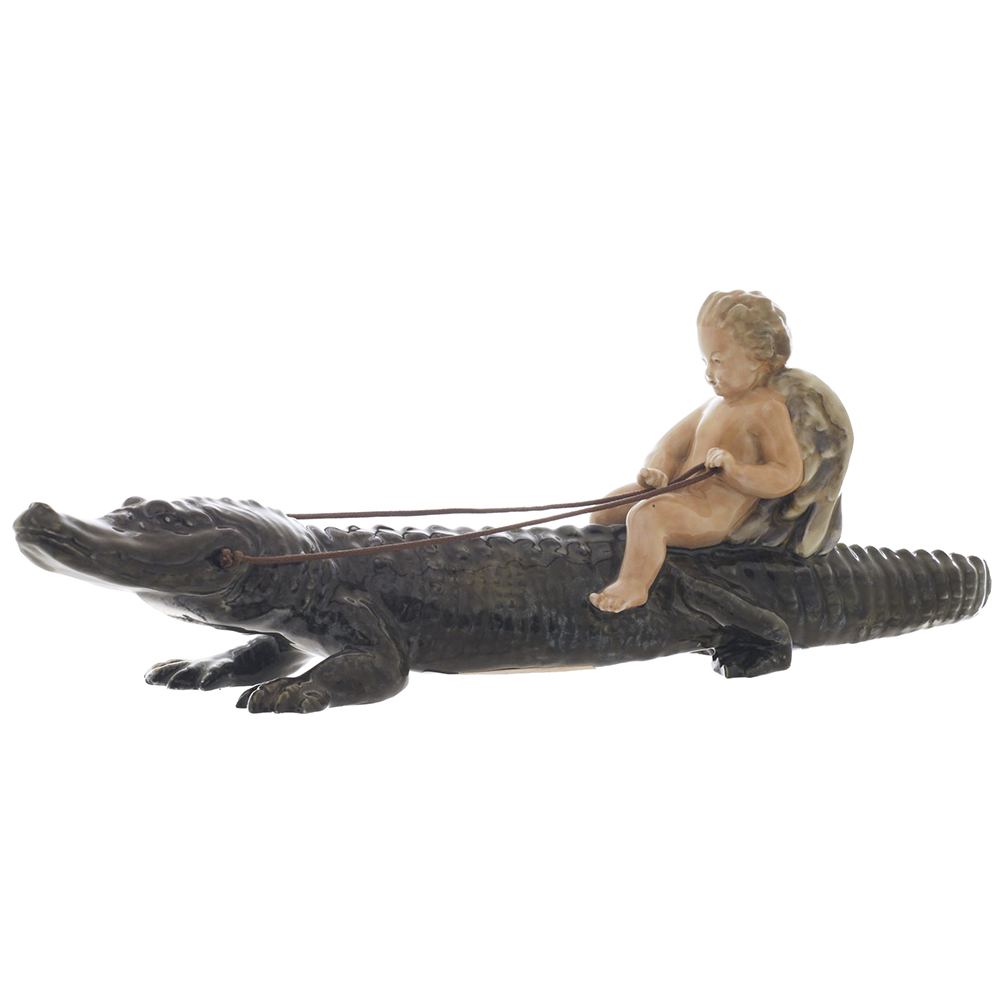
Royal Doulton Boy on Crocodile
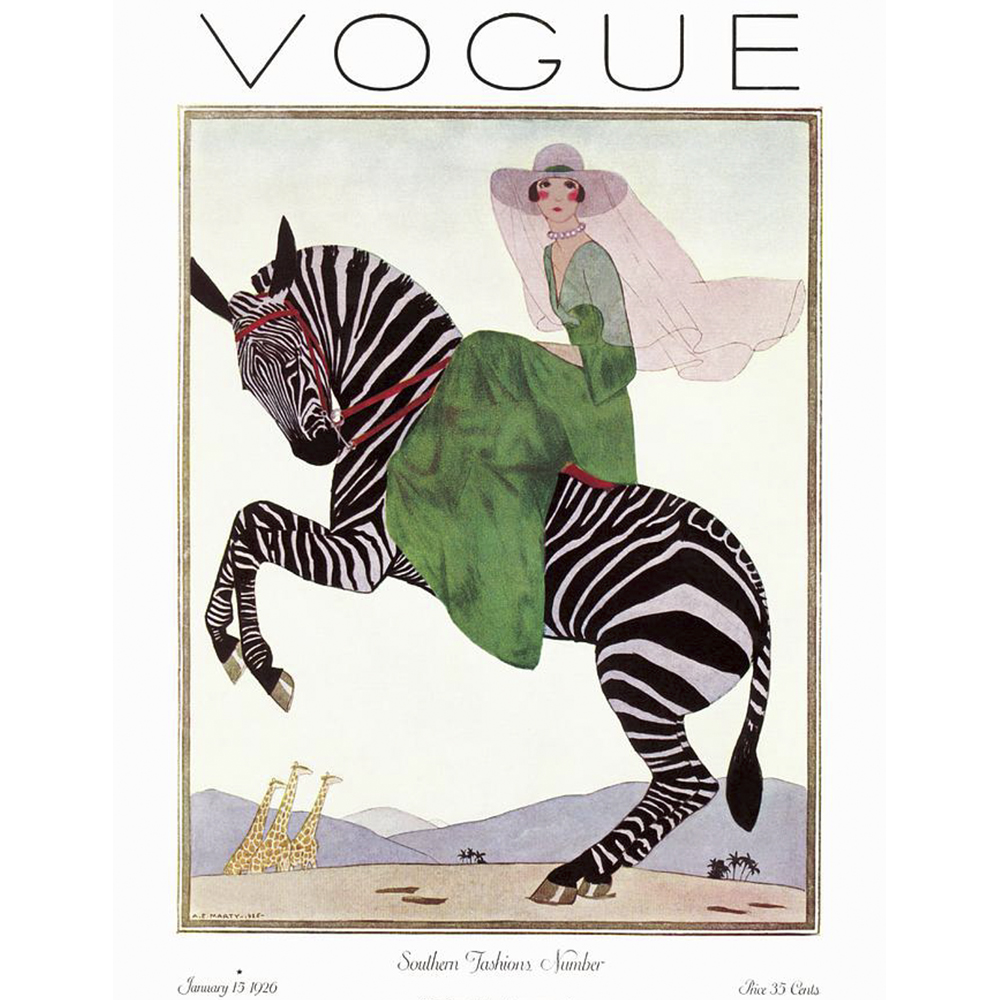
Vogue Zebra Rider
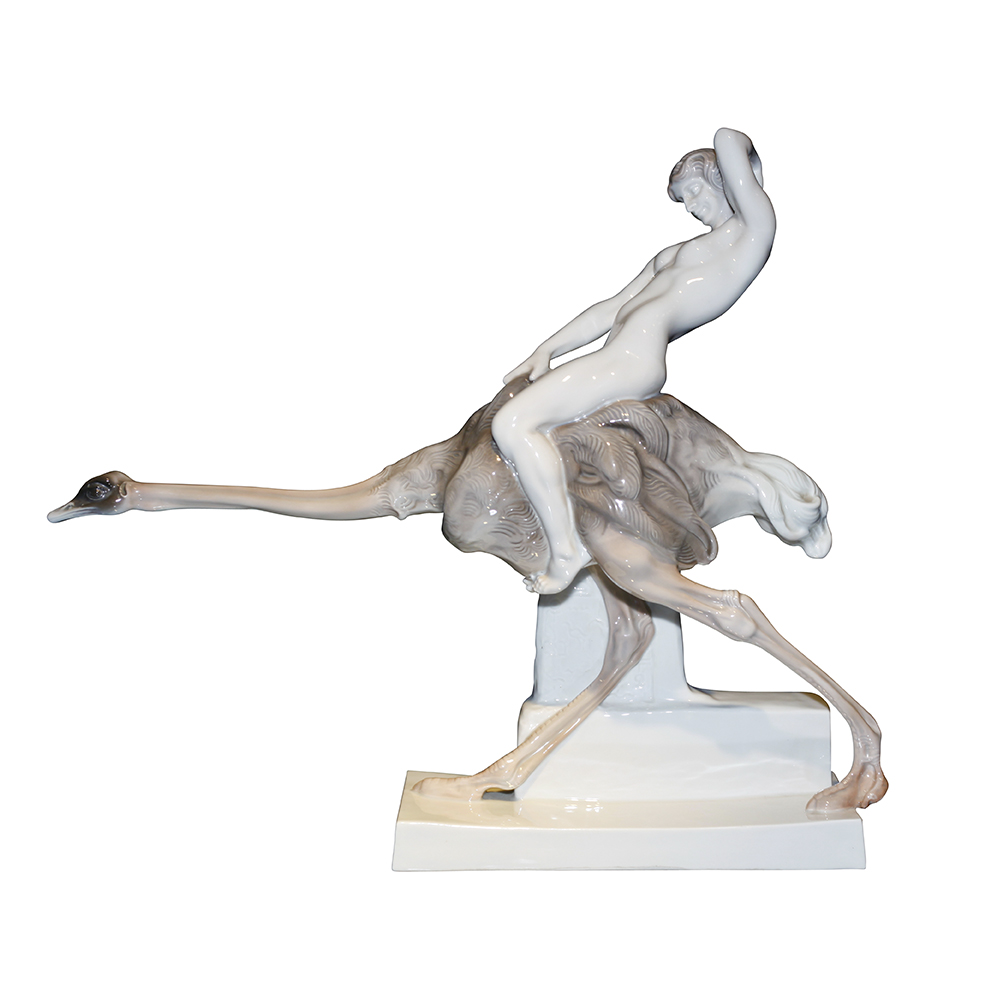
Rosenthal Ostrich
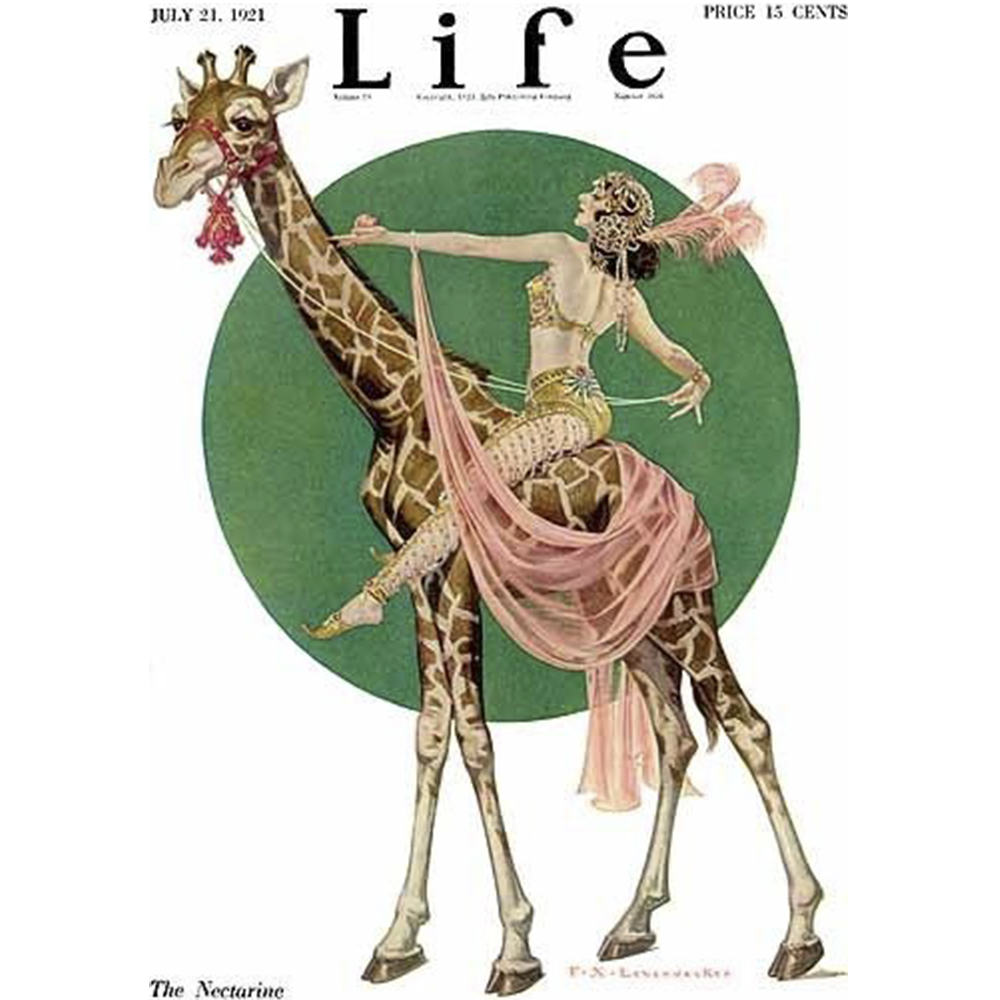
Life Cover by Leyendecker
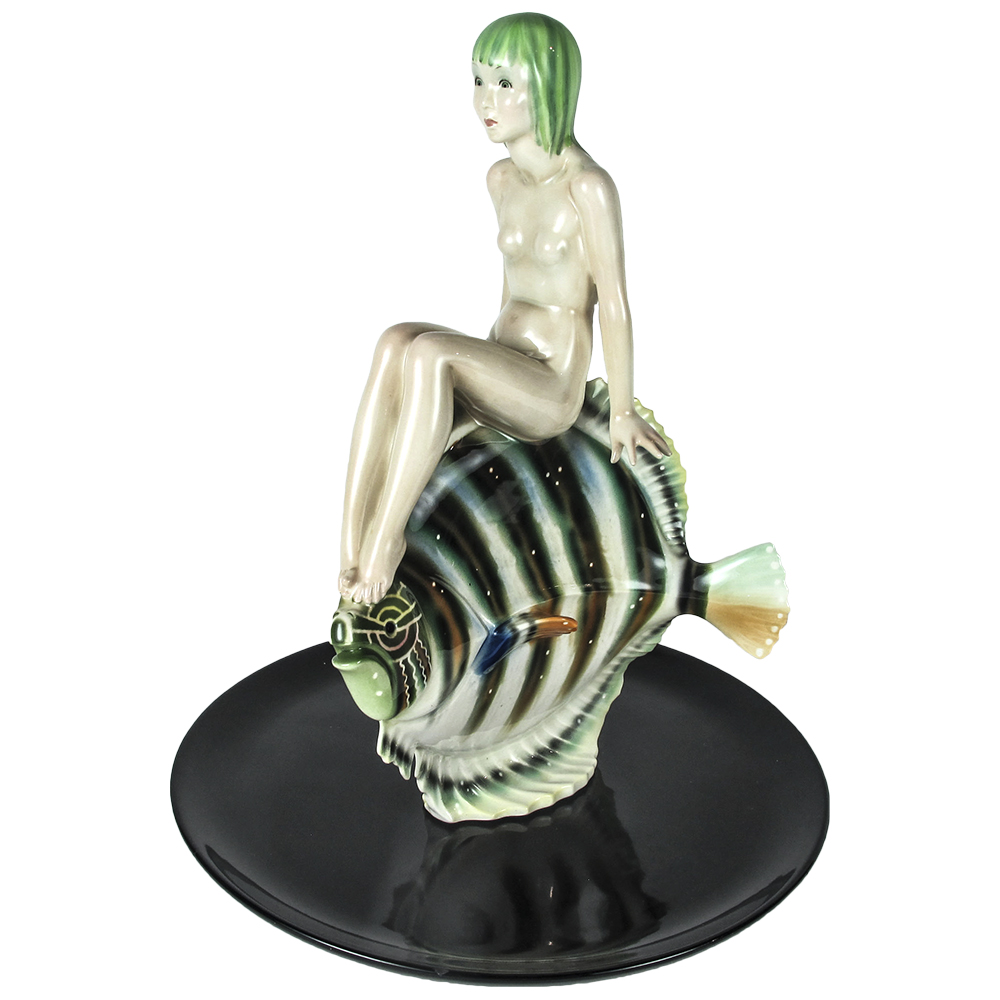
Lenci Nude on a Fish
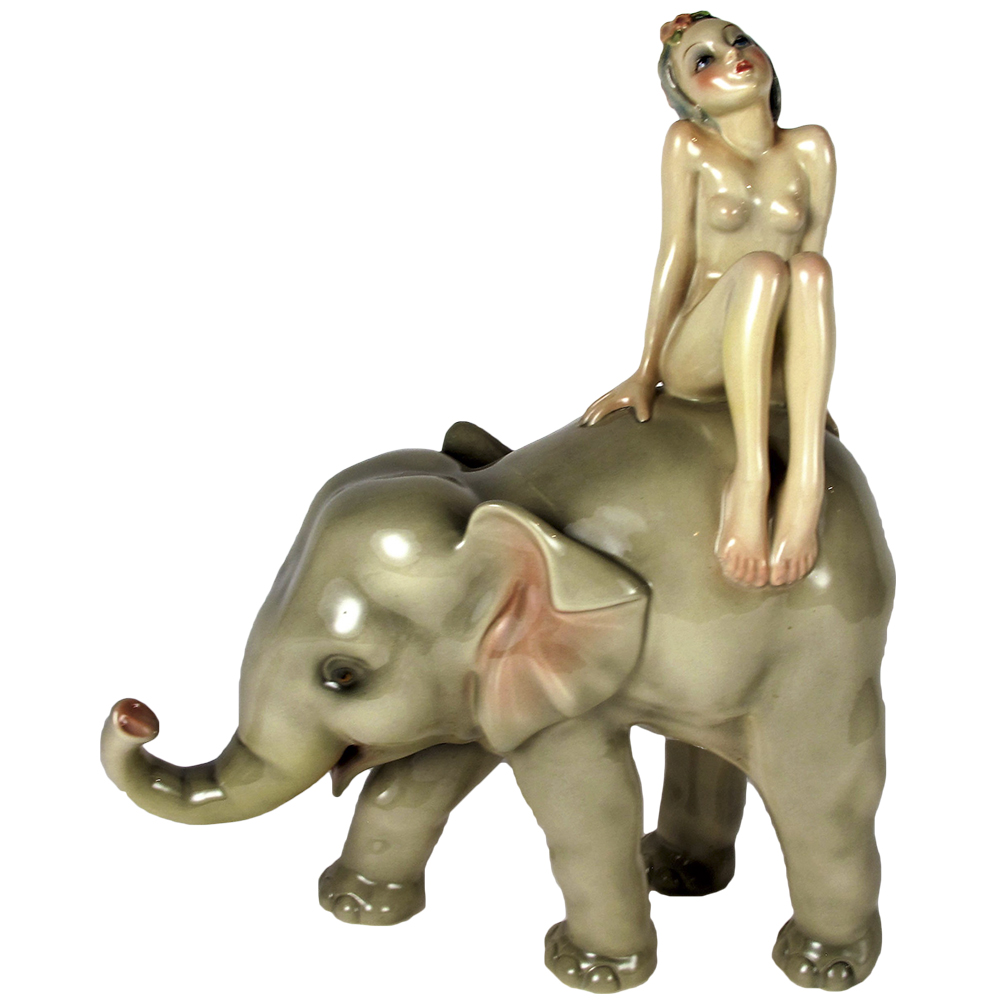
Lenci Nude on an Elephant
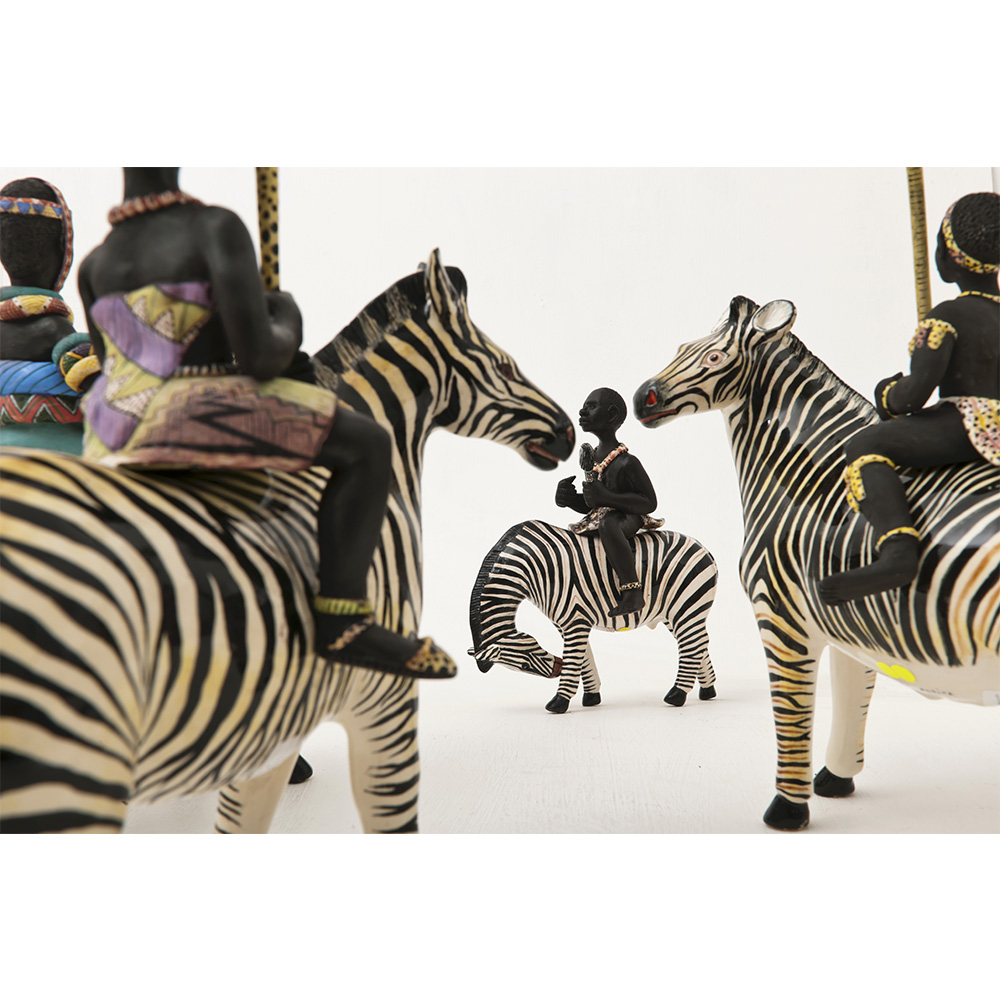
Ardmore Zebra Travelers
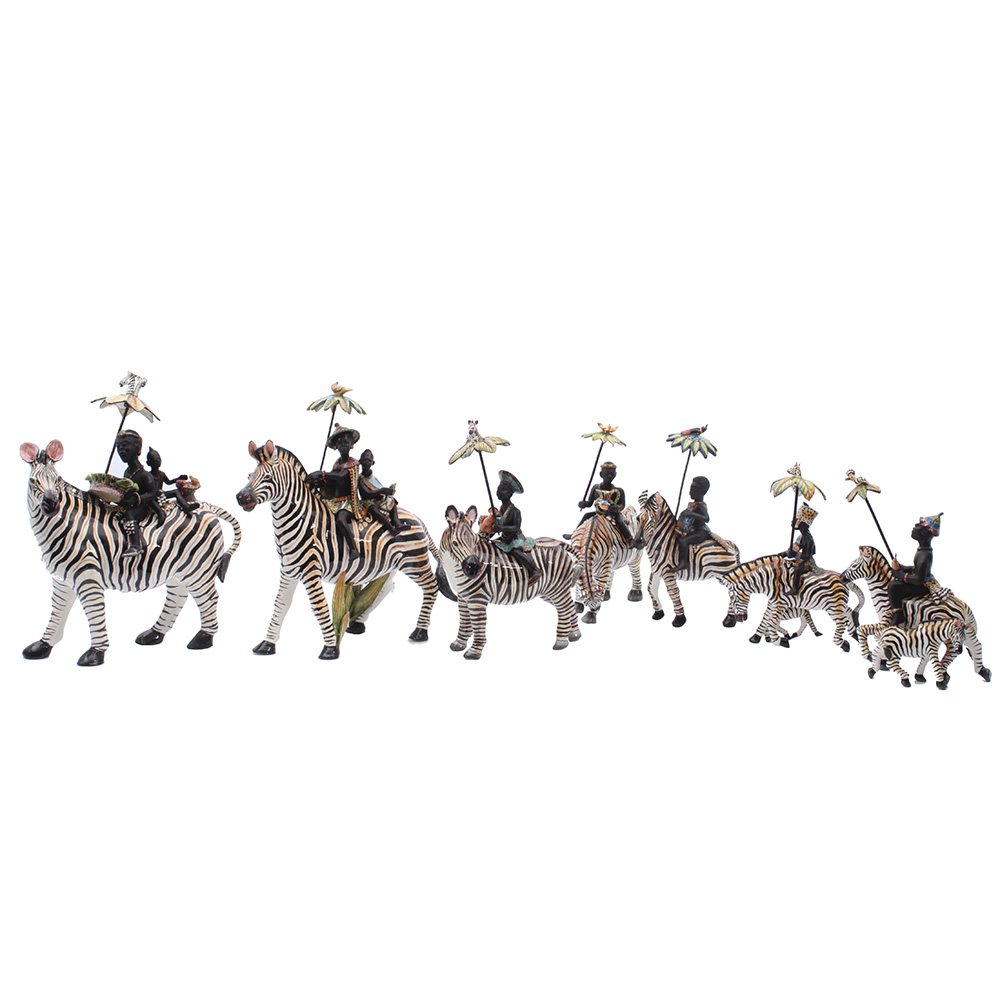
Ardmore Dazzle of Zebras
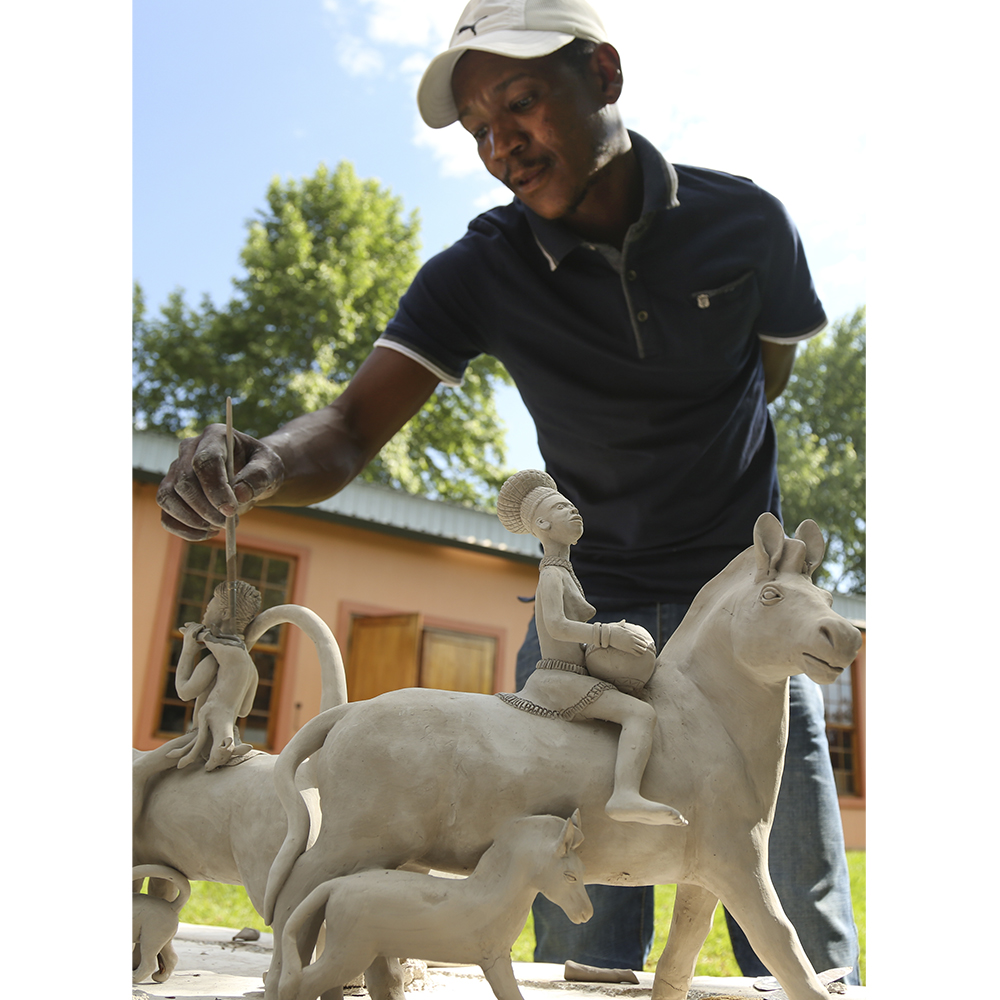
Bennet Zondo working on Zebras
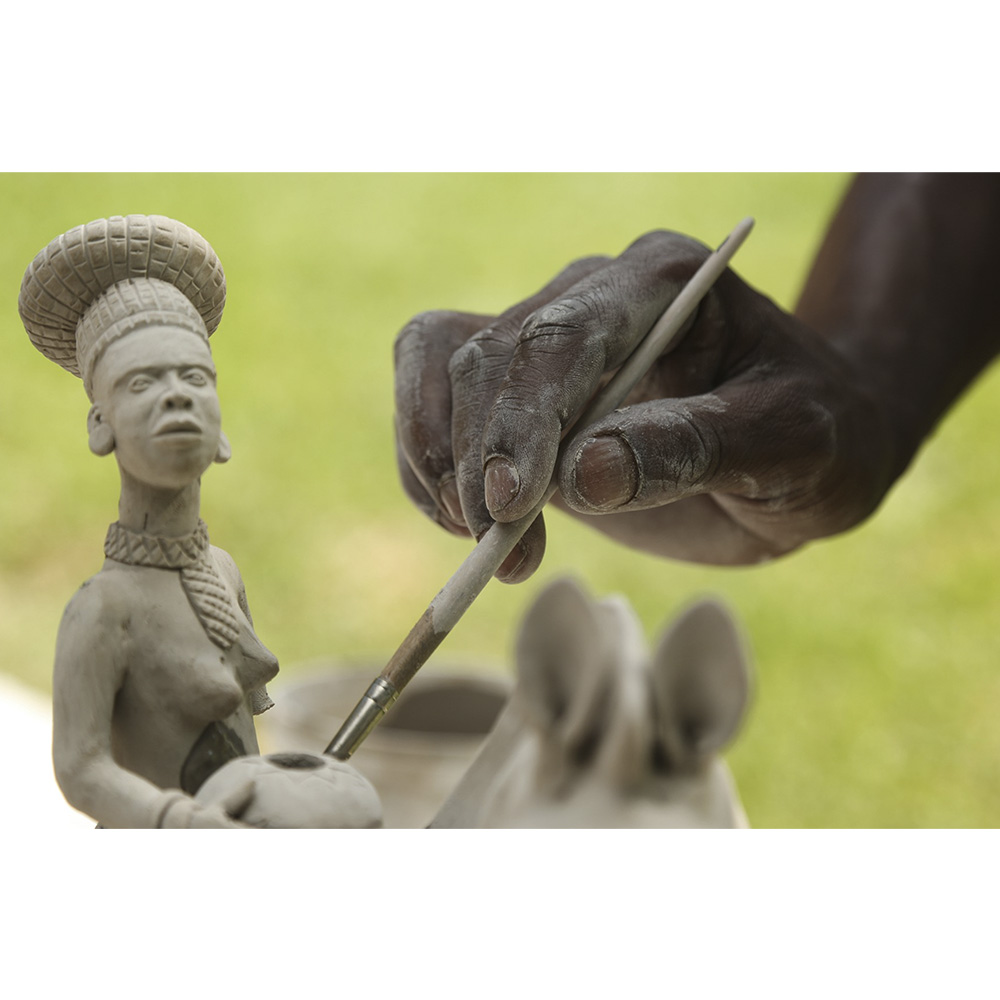
Bennet Zondo working on Zebras
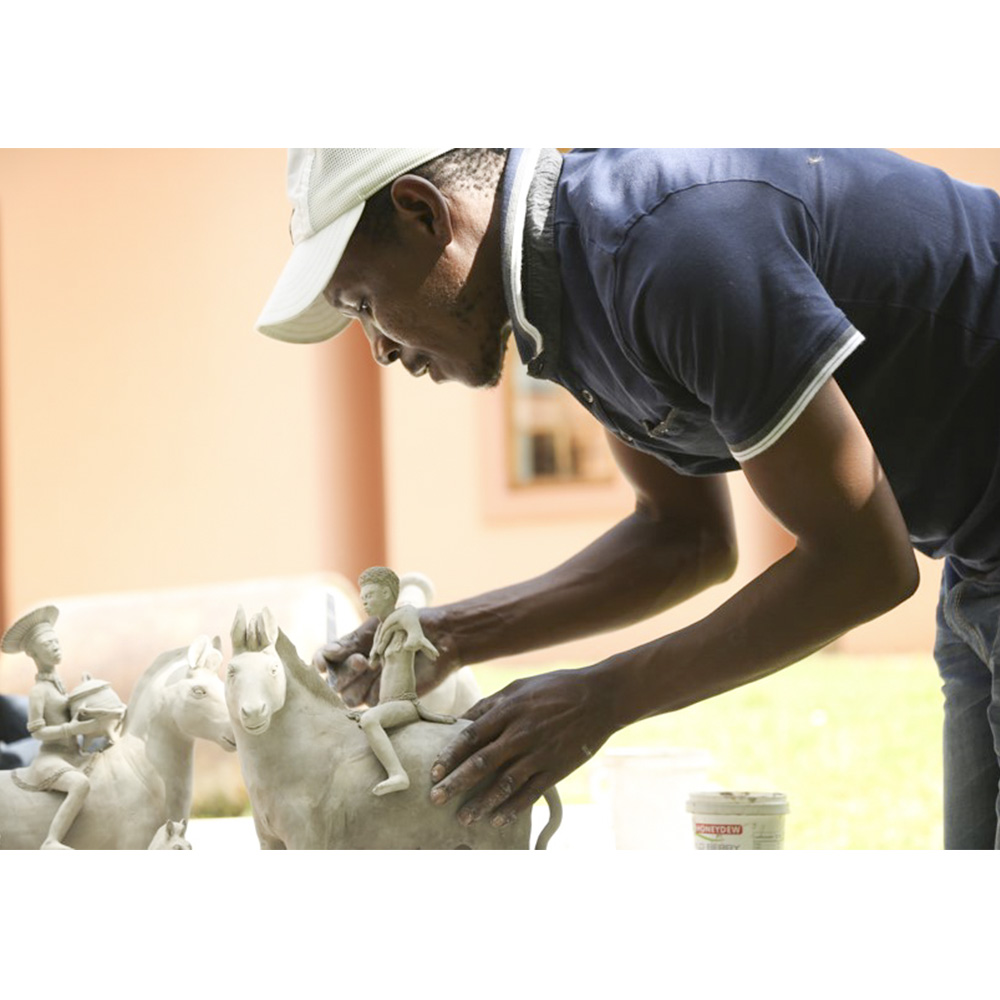
Bennet Zondo working on Zebras
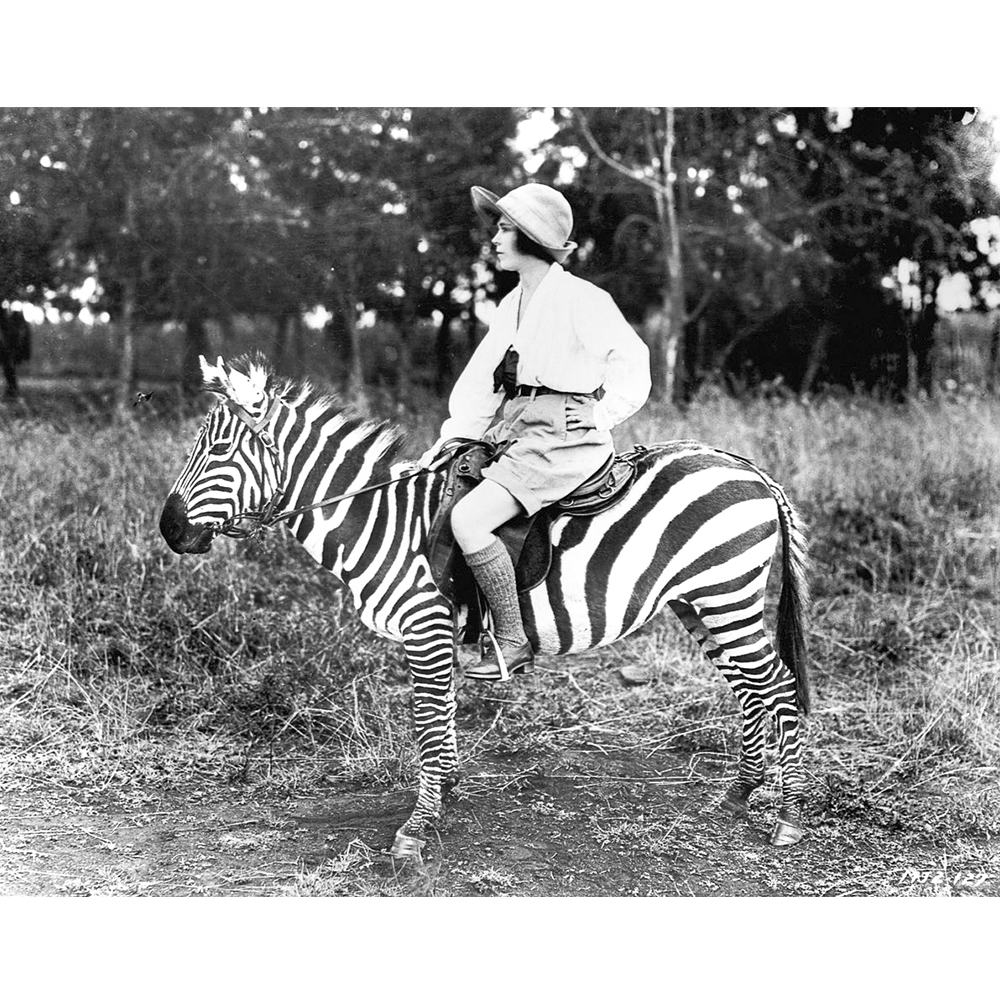
Zebra Riding
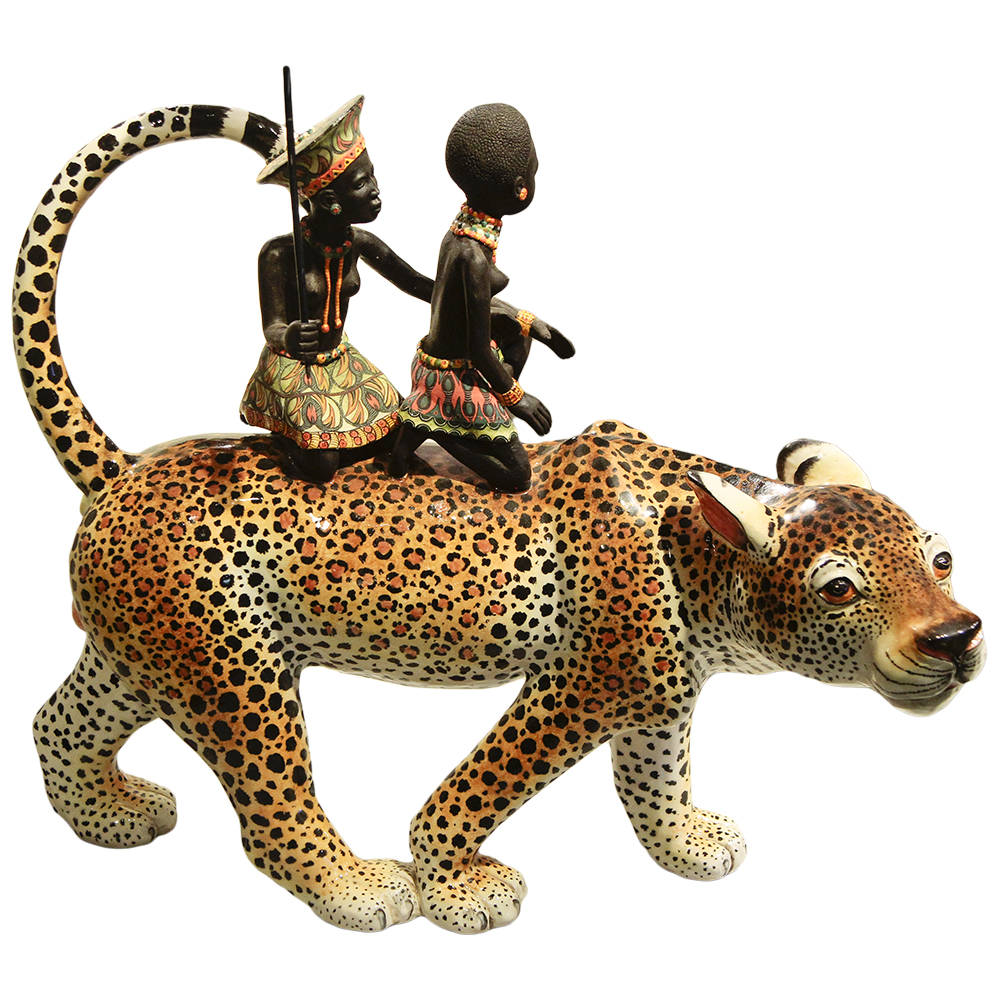
Ardmore Leopard by Bennet & Mthulisi
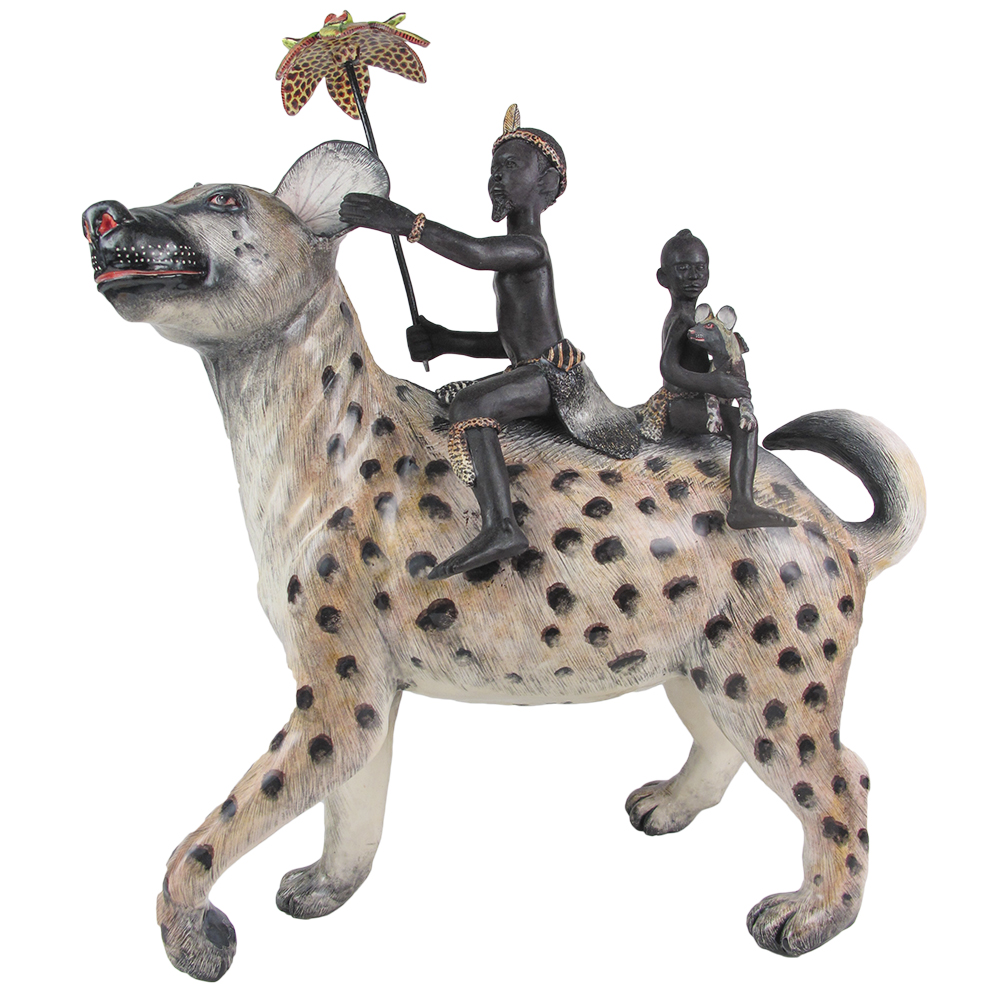
Ardmore Hyena by Bennet & Siya
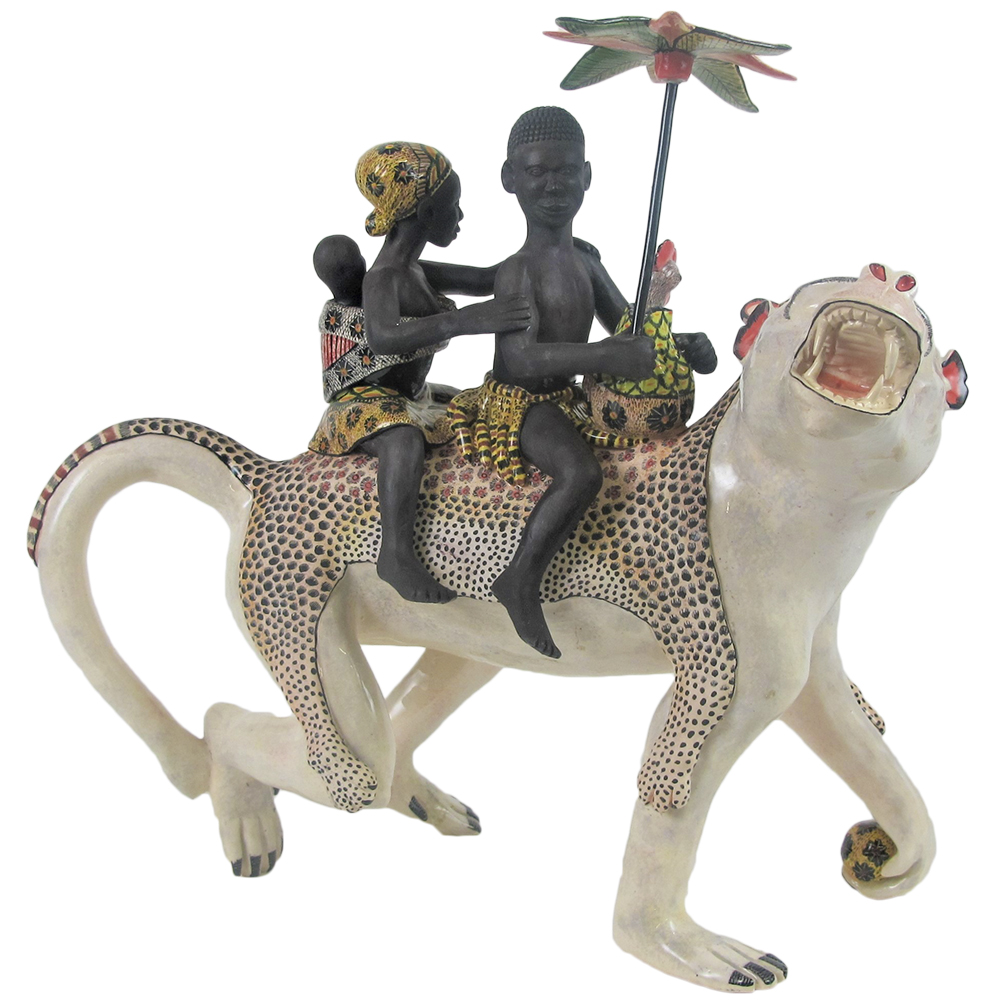
Ardmore Baboon by Bennet & Jabu
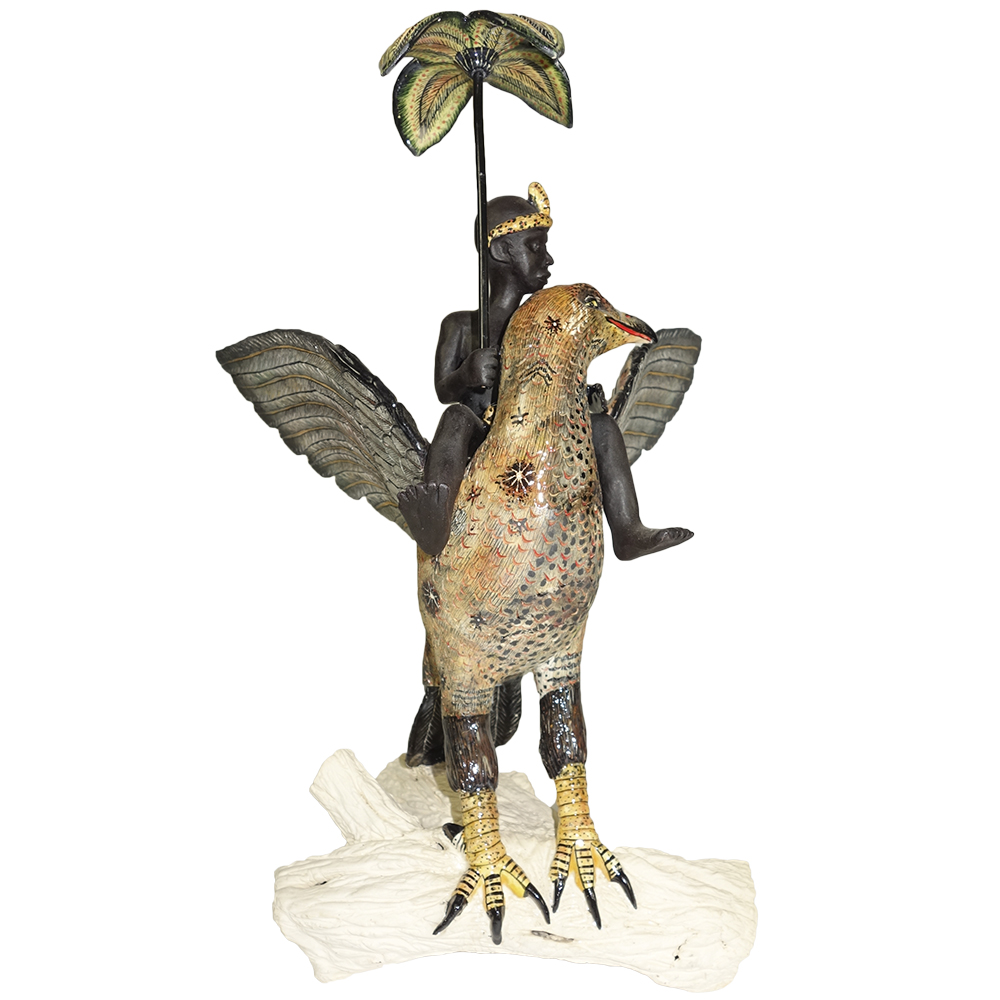
Ardmore Bird by Bennet & Roux
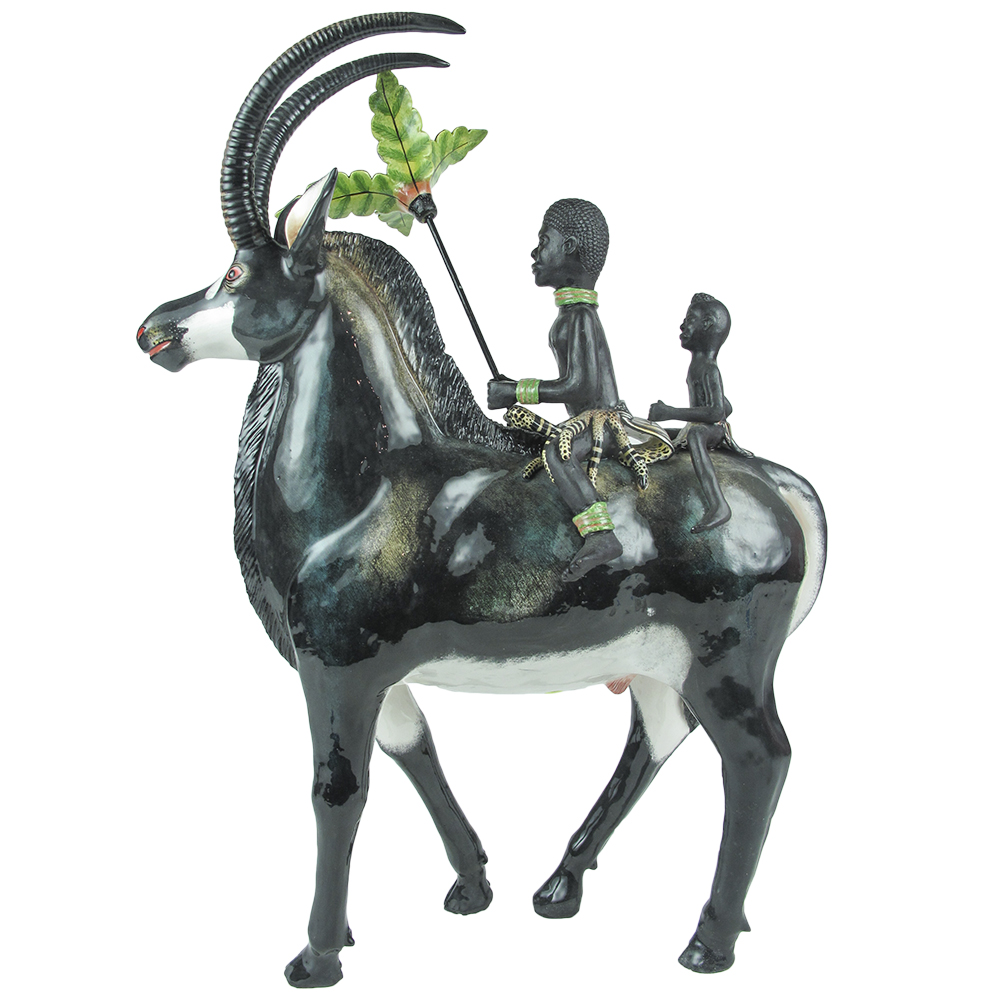
Ardmore Sable by Bennet & Wiseman
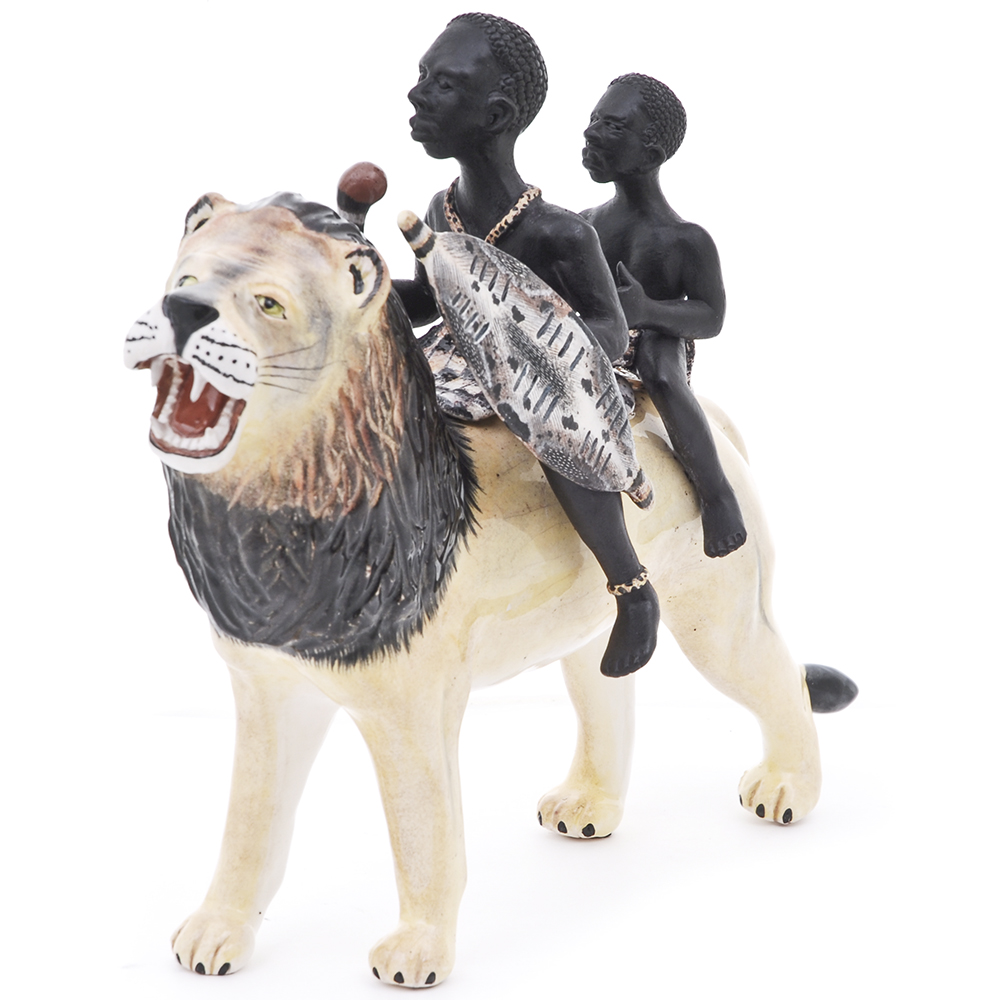
Ardmore Lion by Alex & Virginia
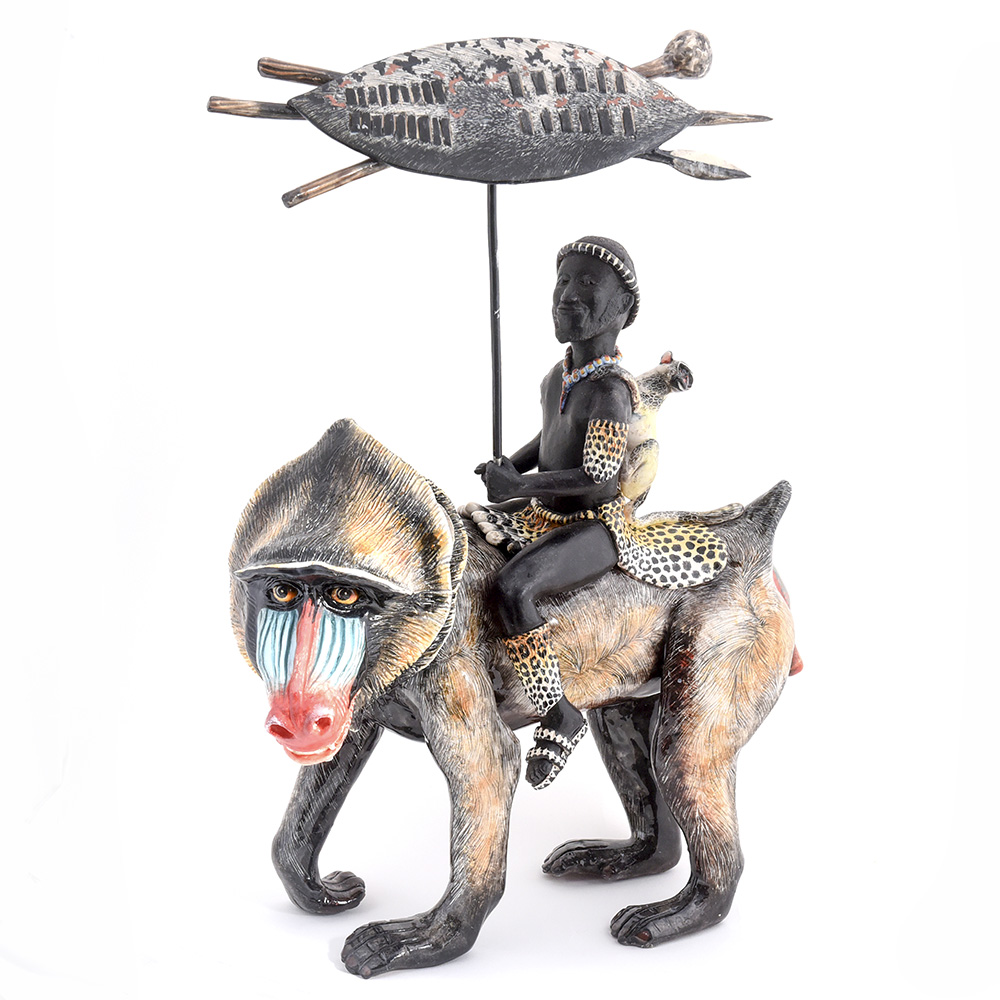
Ardmore Mandrill by Nyanyiso & Siya
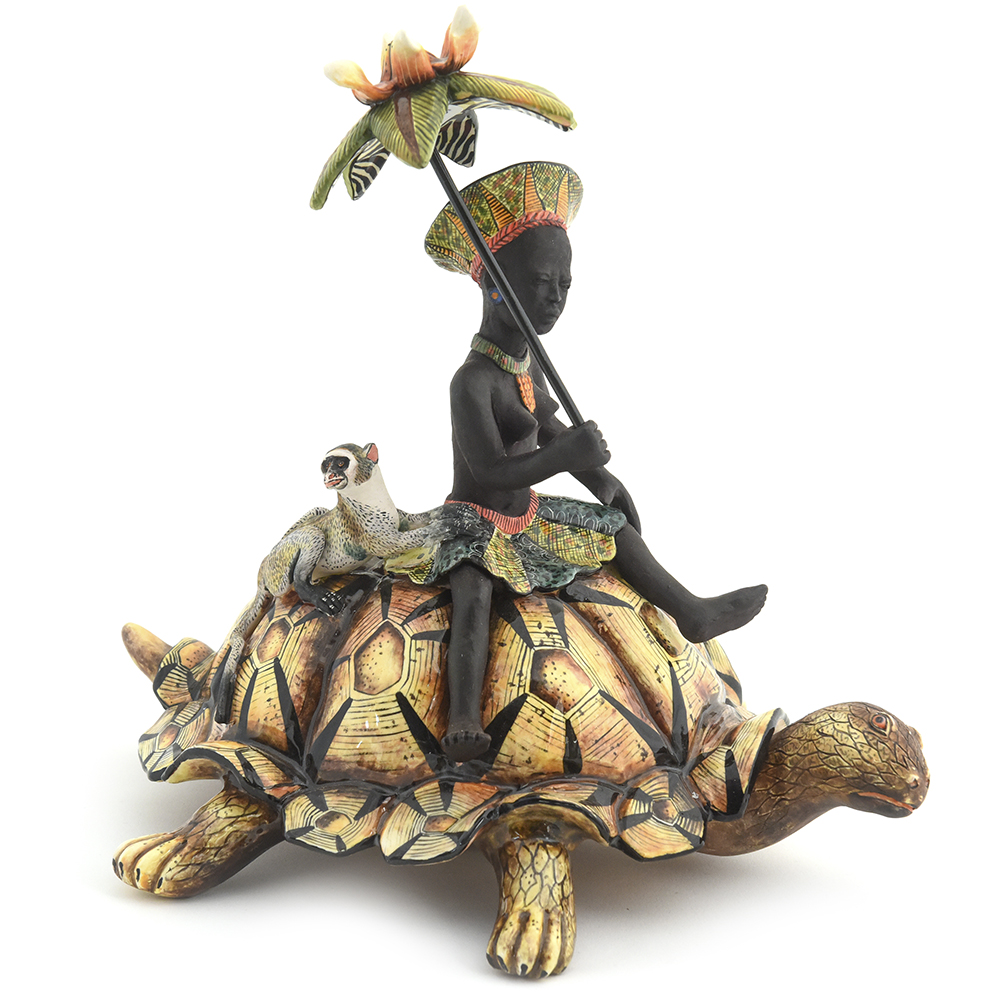
Ardmore Tortoise by Bennet & Mthulisi
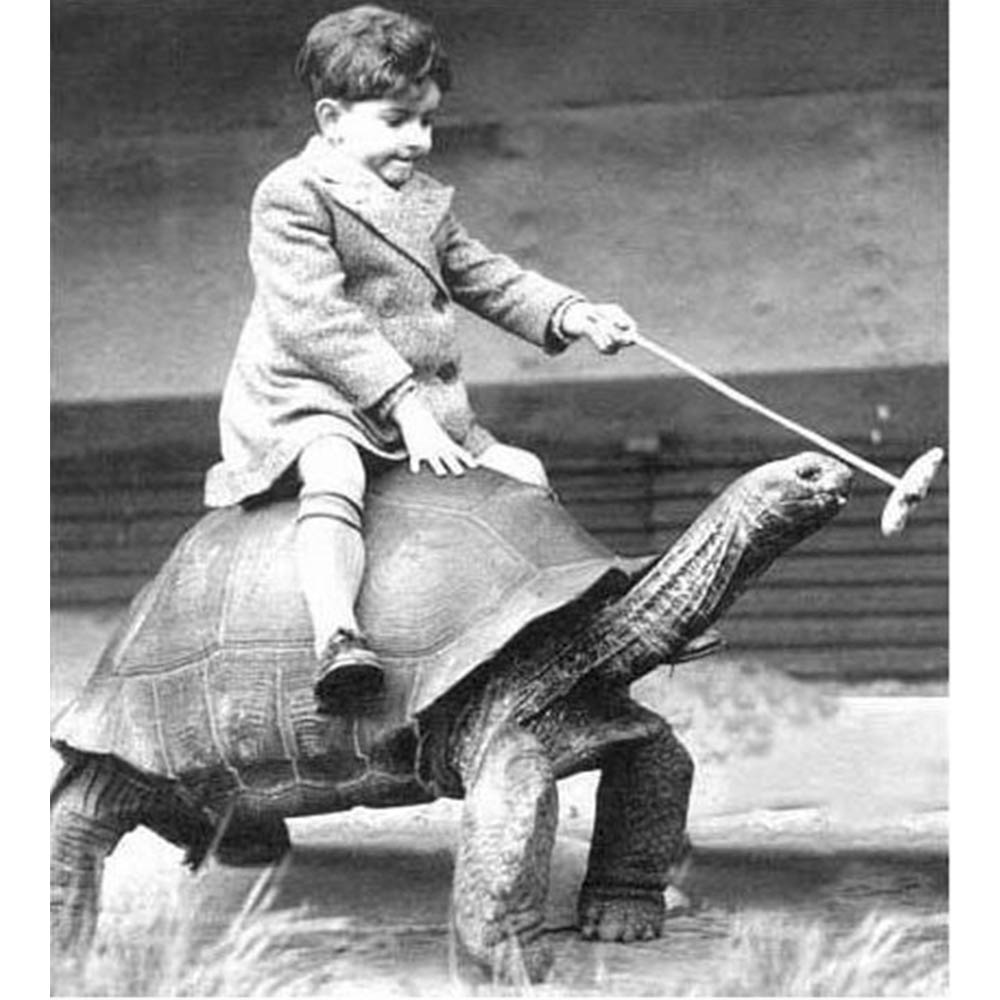
Boy on Tortoise
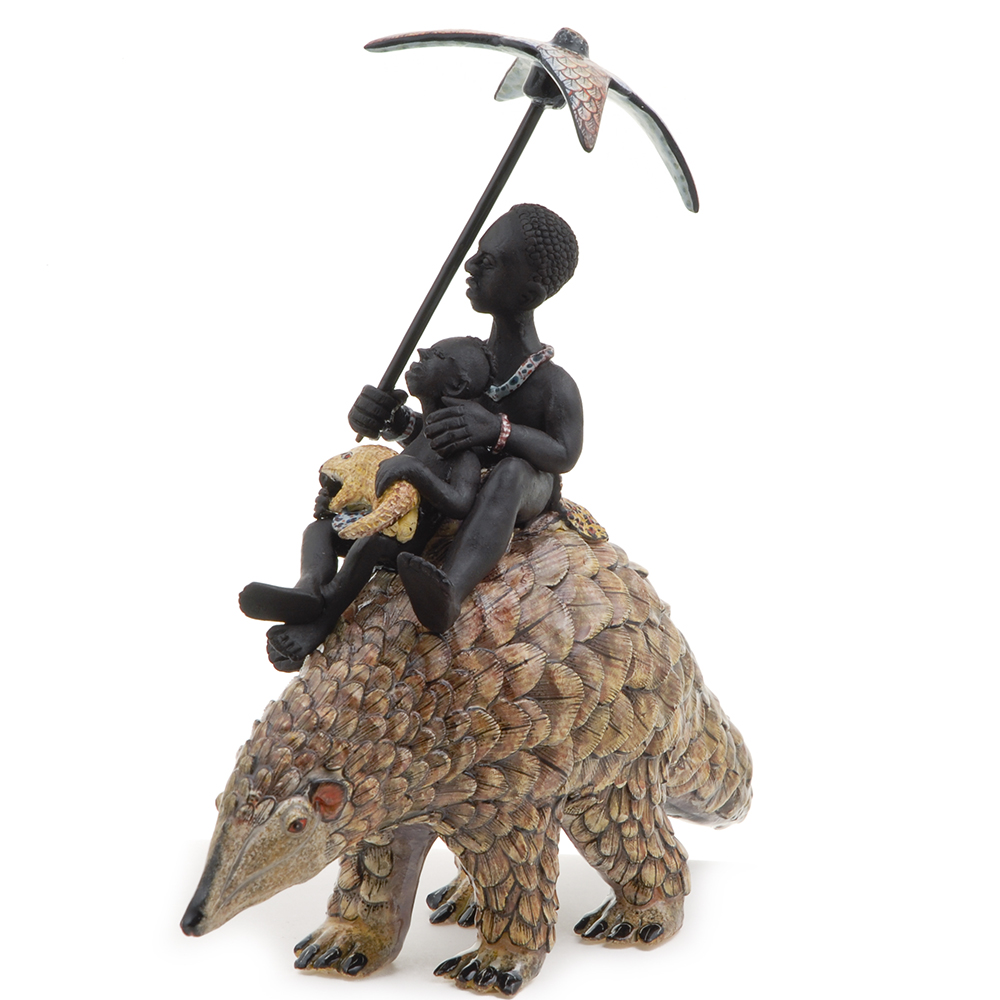
Ardmore Pangolin by Bennet & Isthe
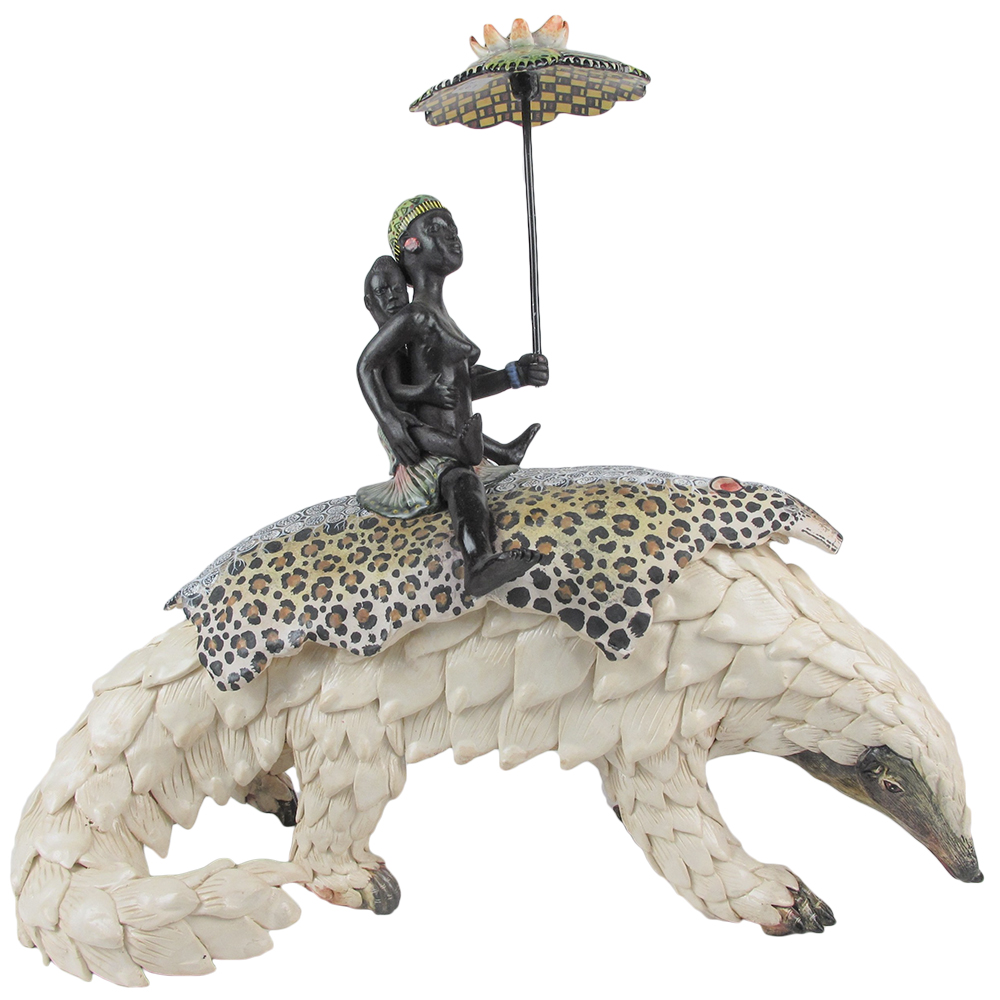
Ardmore Pangolin by Bennet & Siya
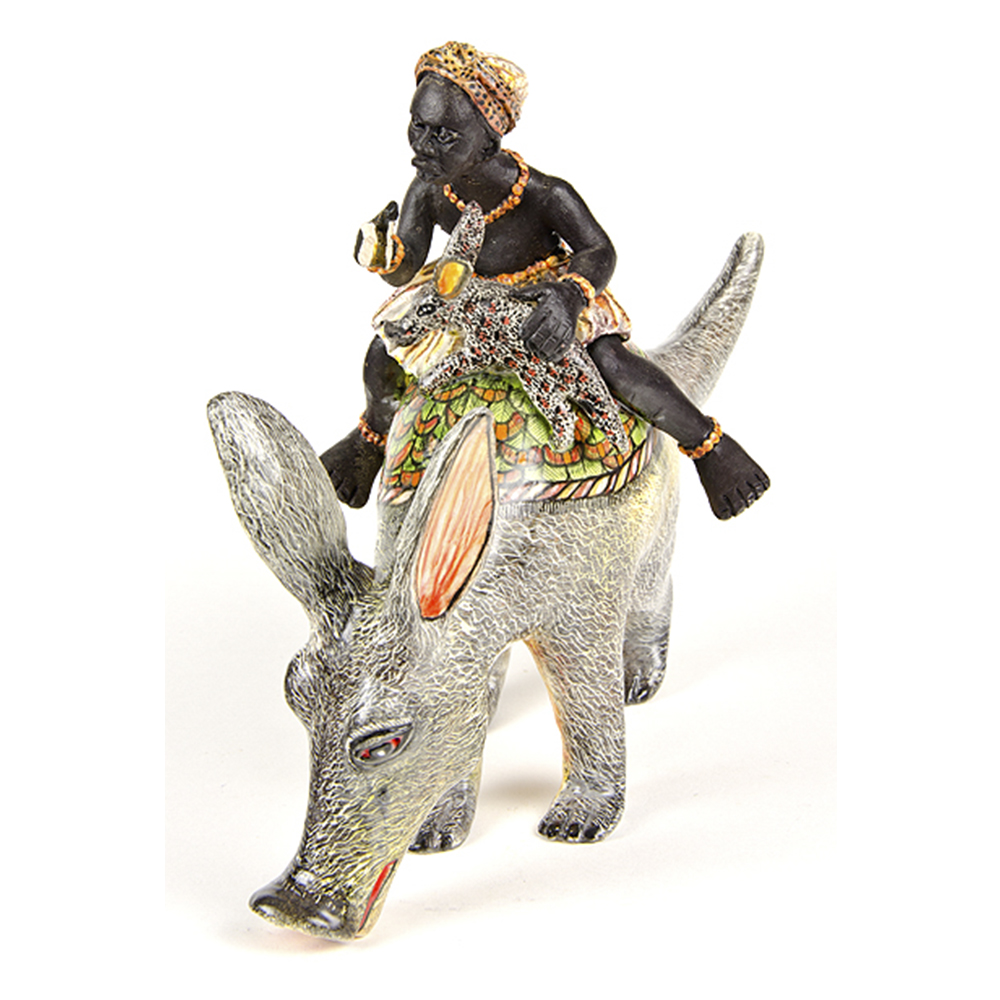
Ardmore Aardvark by Alex & Sthabiso
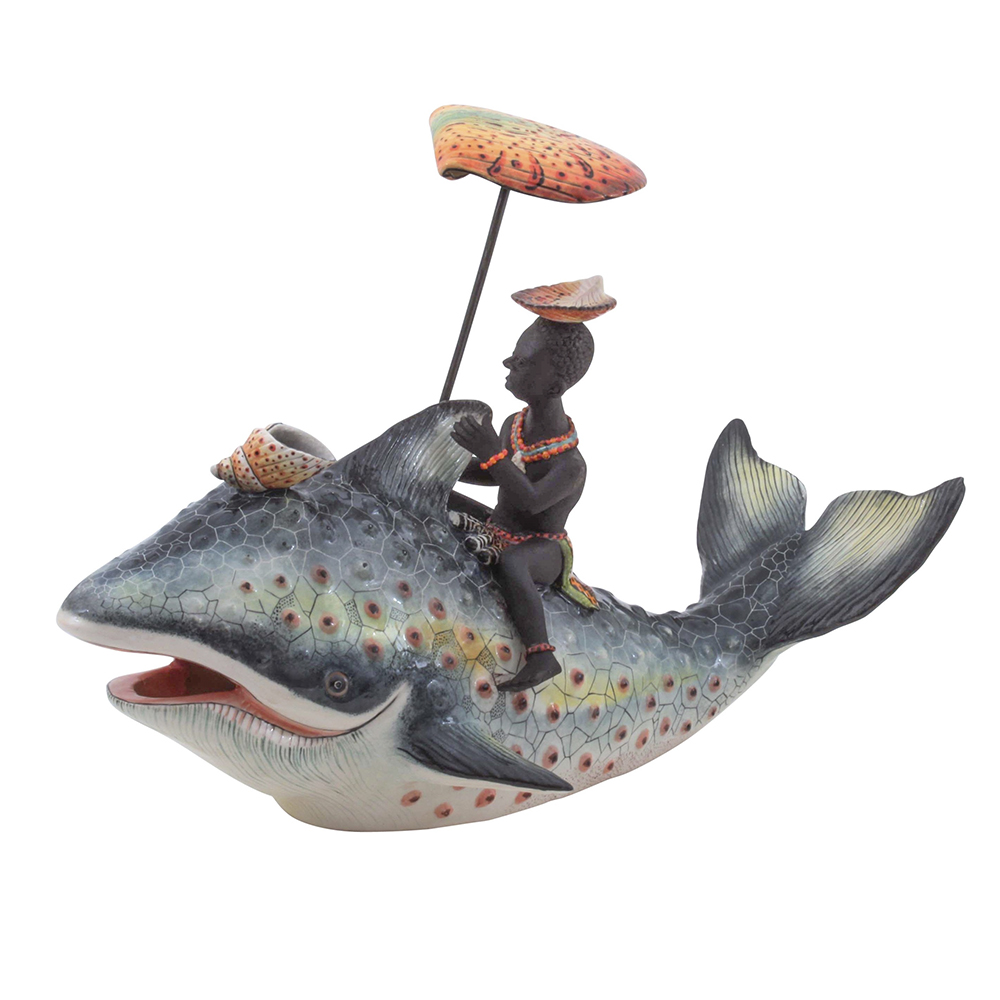
Ardmore Whale by Alex & Mandla
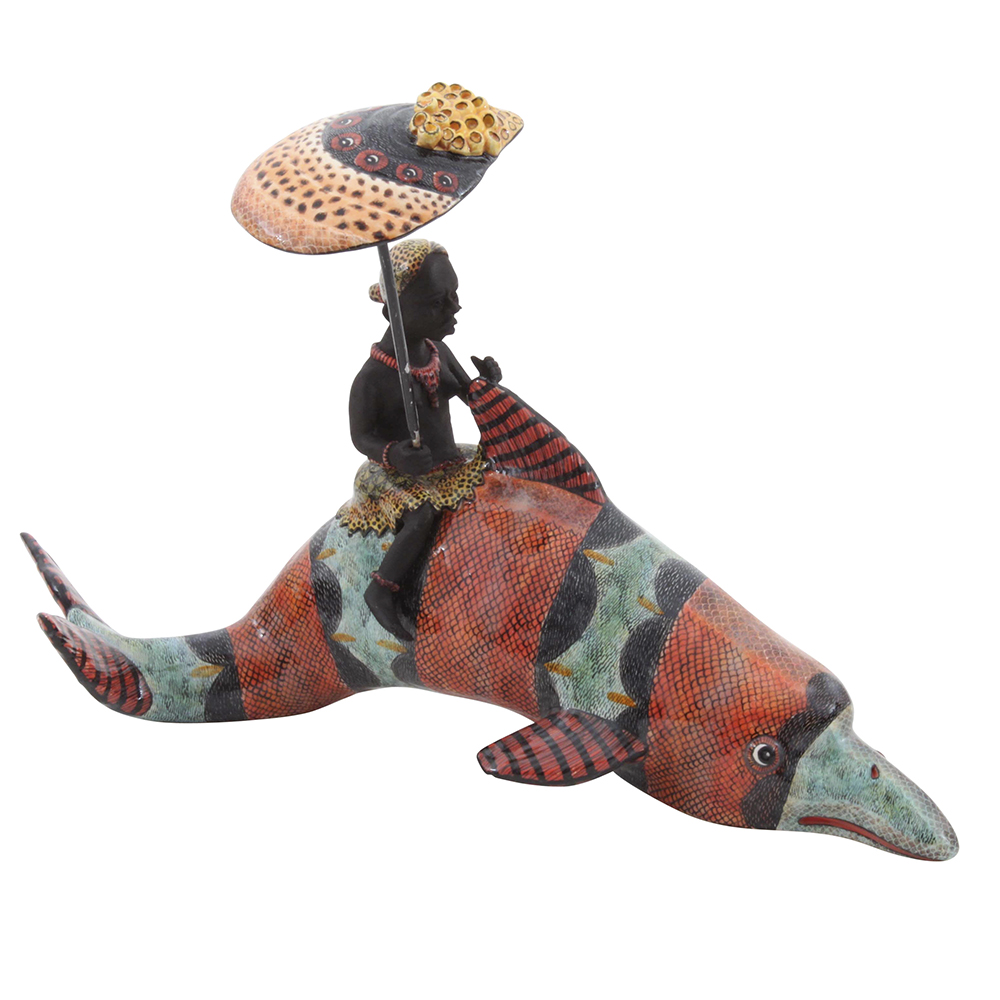
Ardmore Dolphin by Alex & Jabu
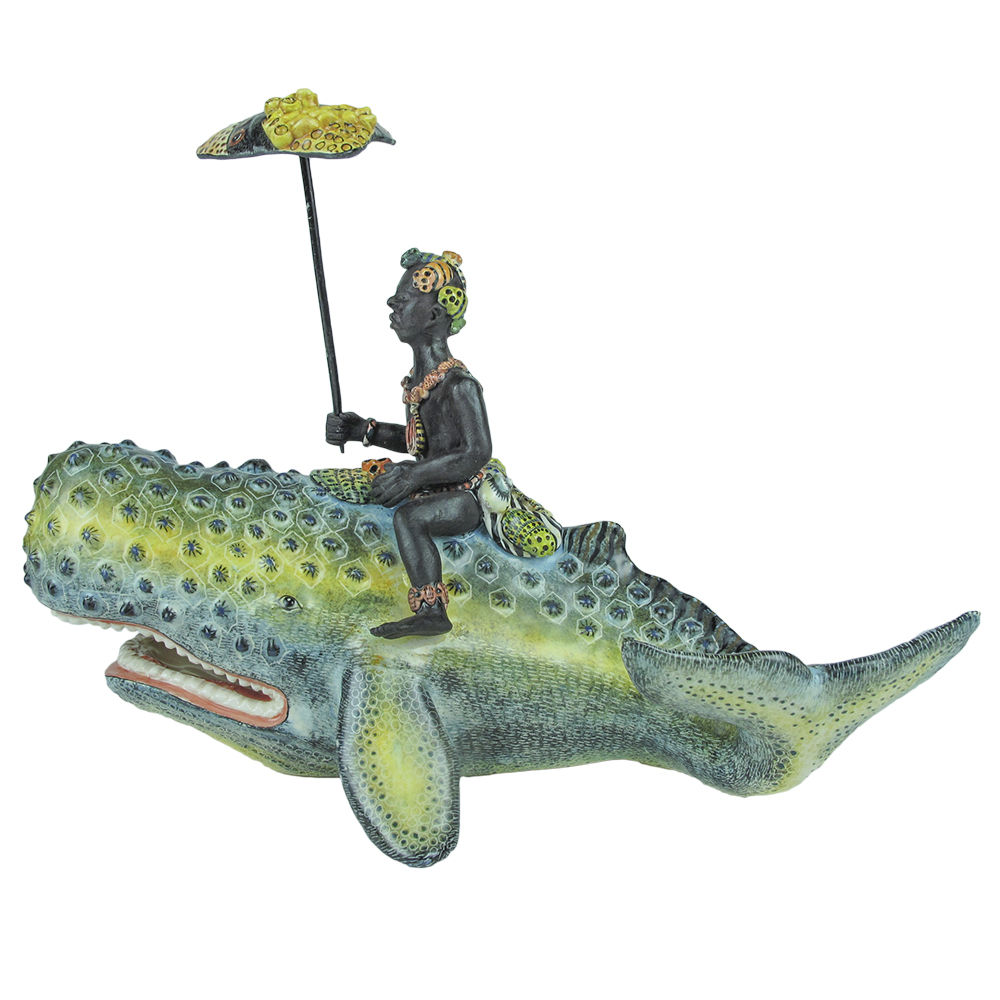
Ardmore Whale by Alex & Sidney
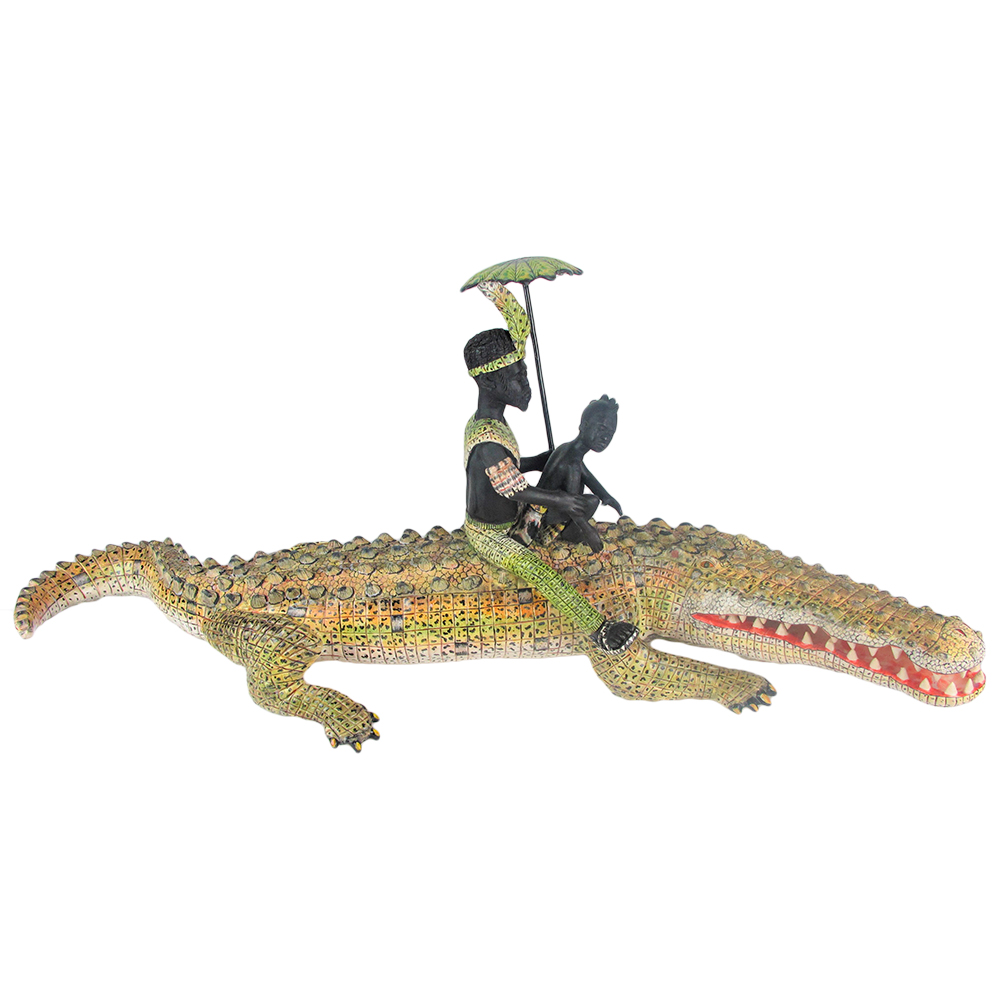
Ardmore Crocodile by Bennet & Zinhle
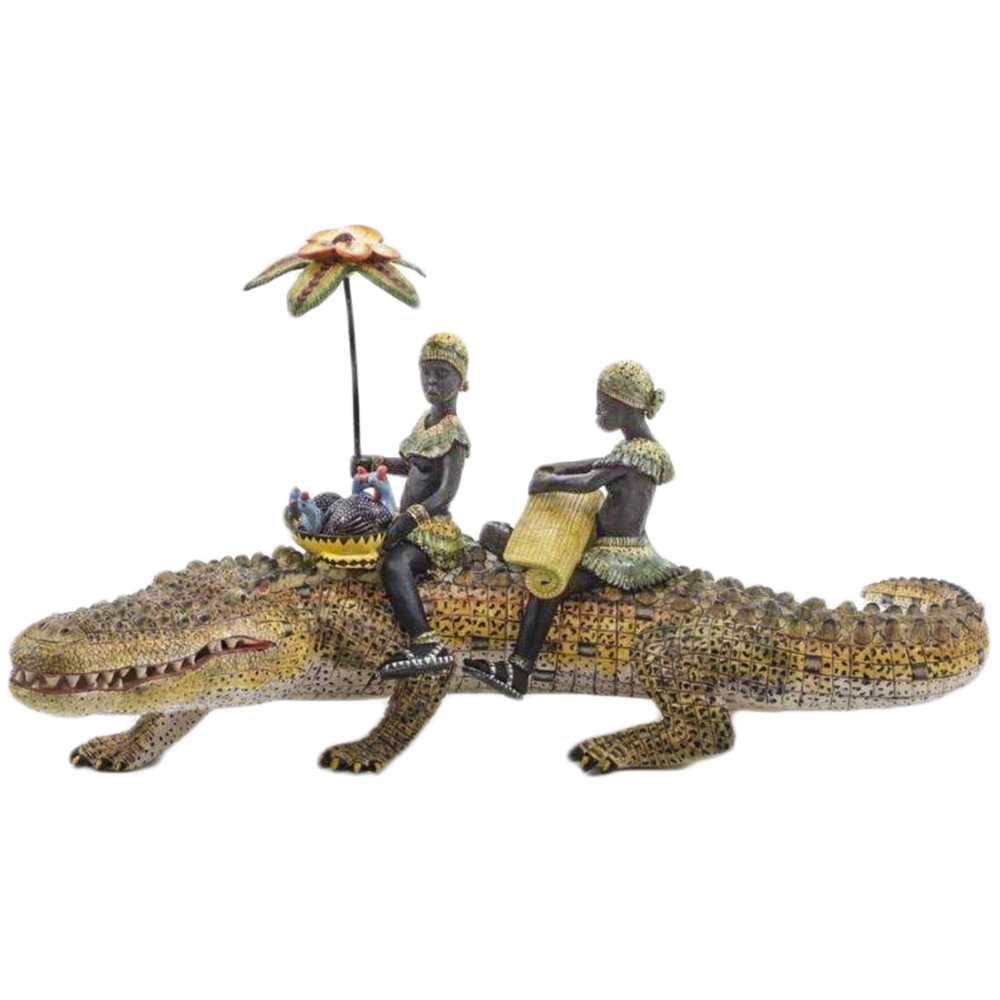
Ardmore Crocodile by Bennet & Zinhle
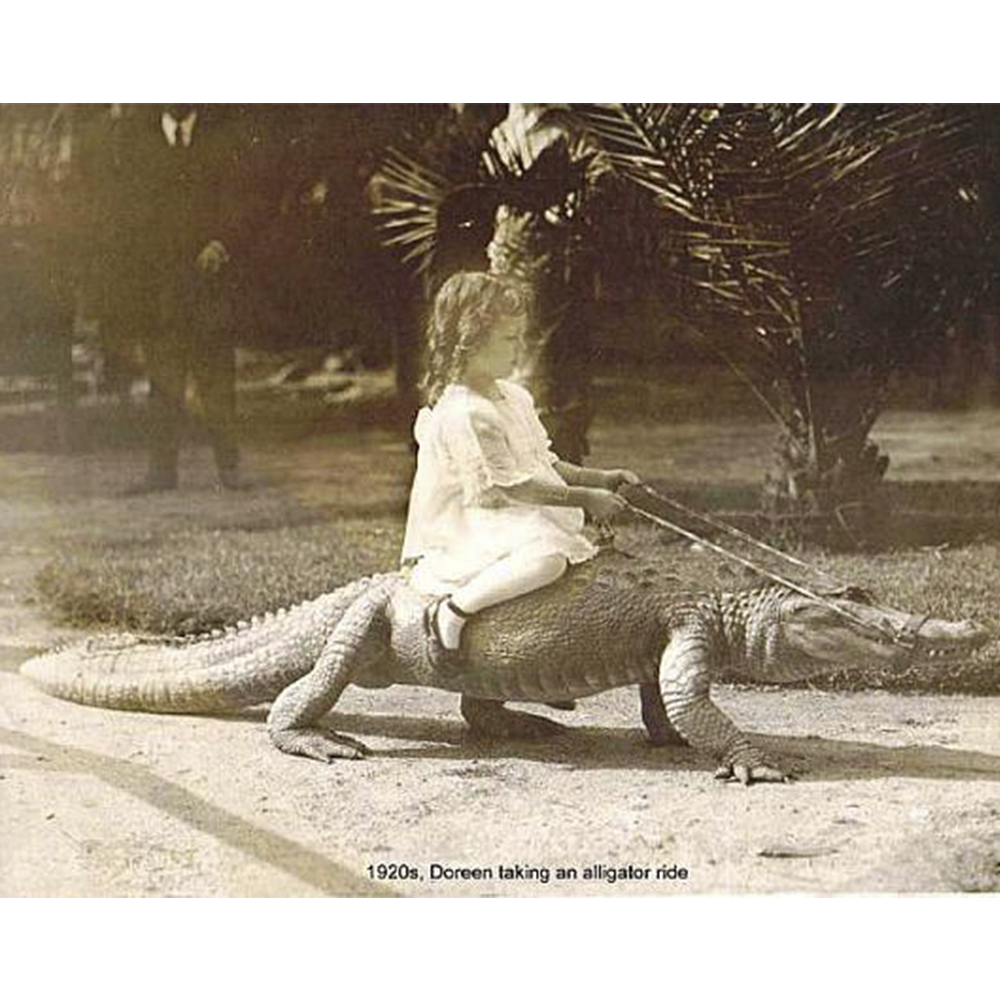
Alligator riding
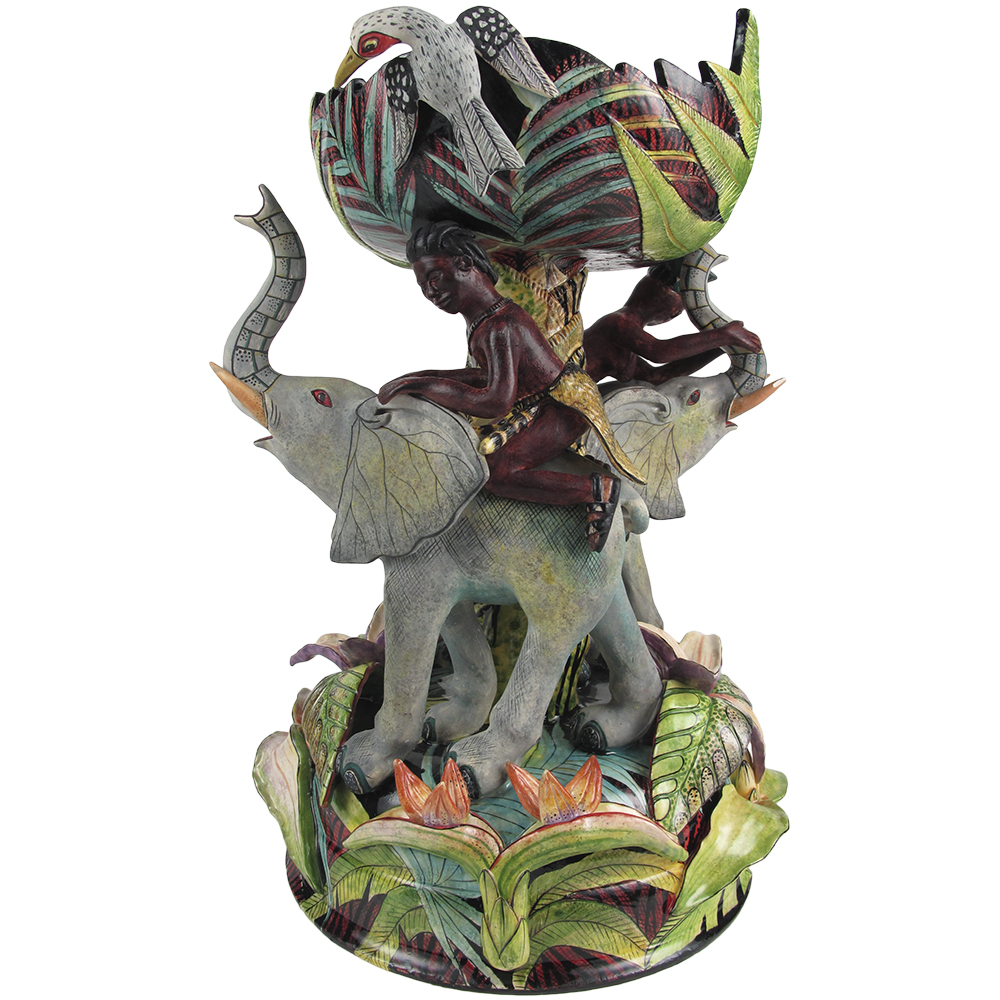
Ardmore Elephant Pedestal Bowl by Sabelo & Wiseman
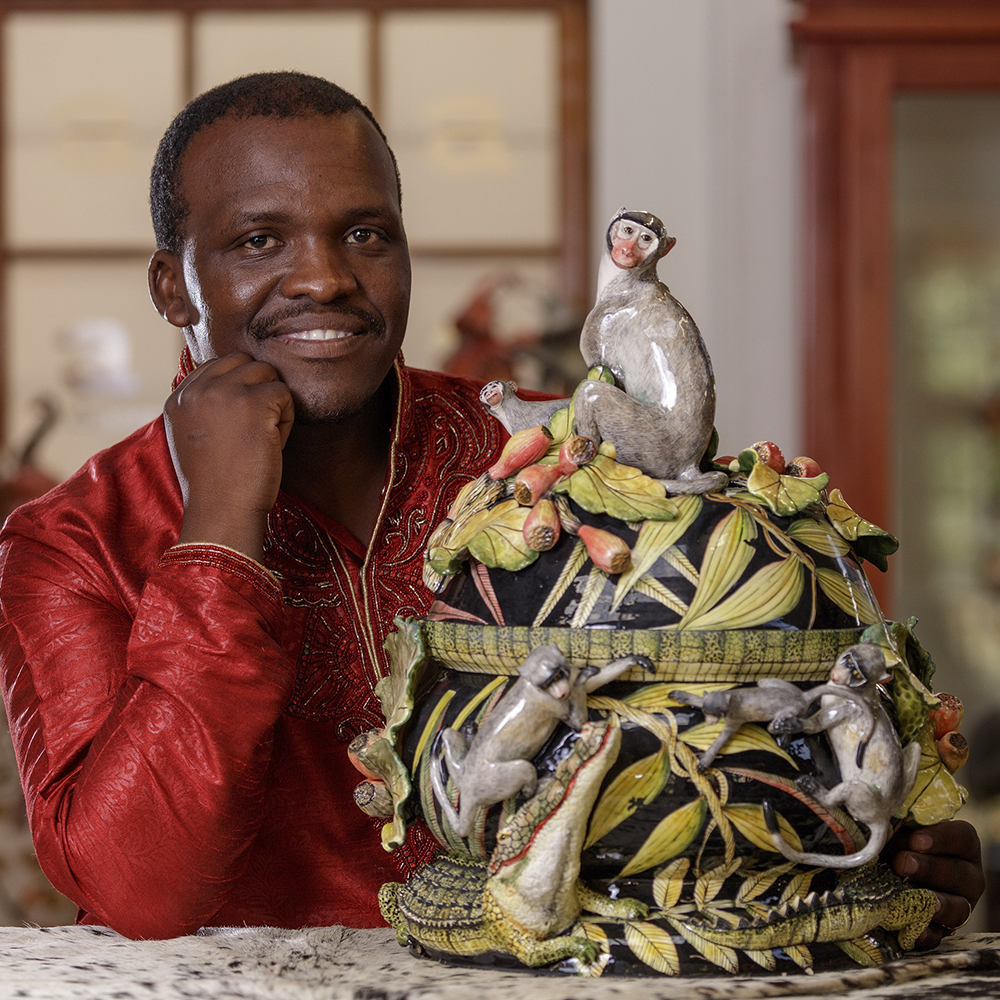
Wiseman with Monkey Tureen by Sabelo & Wiseman
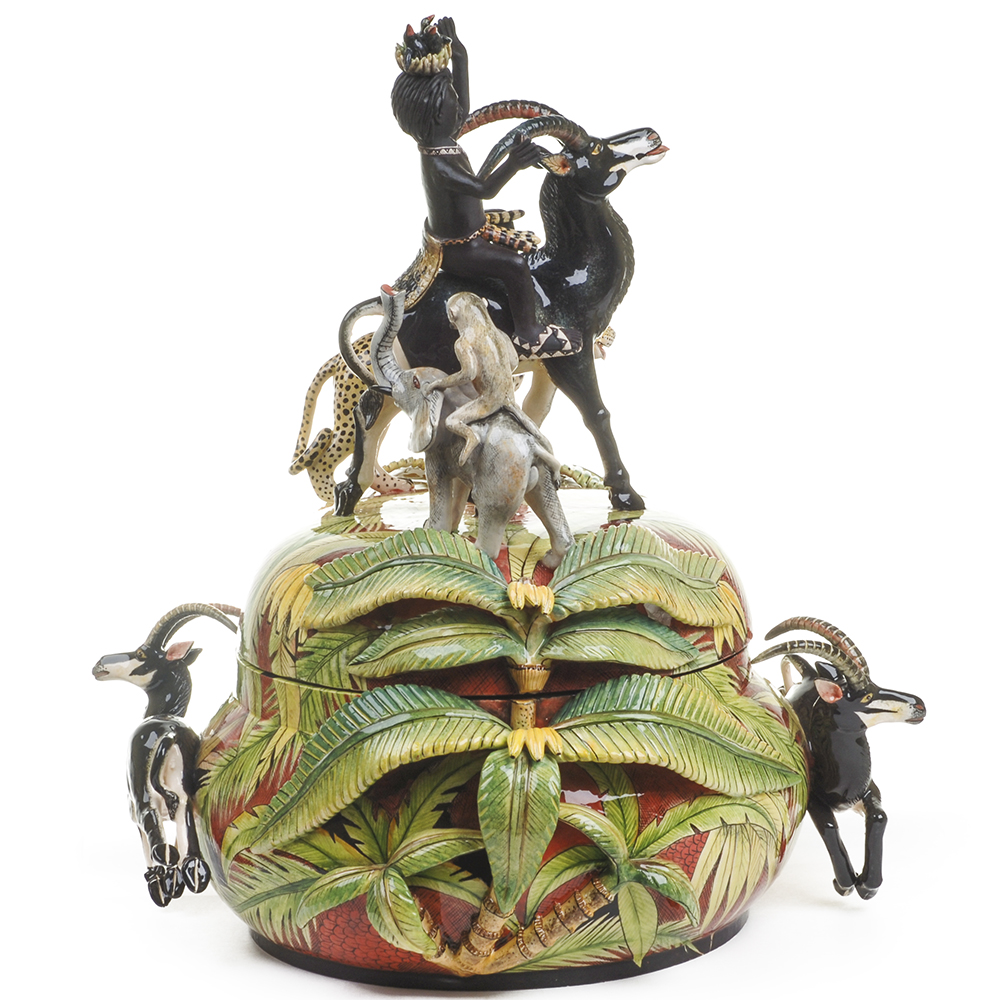
Ardmore Sable Tureen by Sabelo & Wiseman
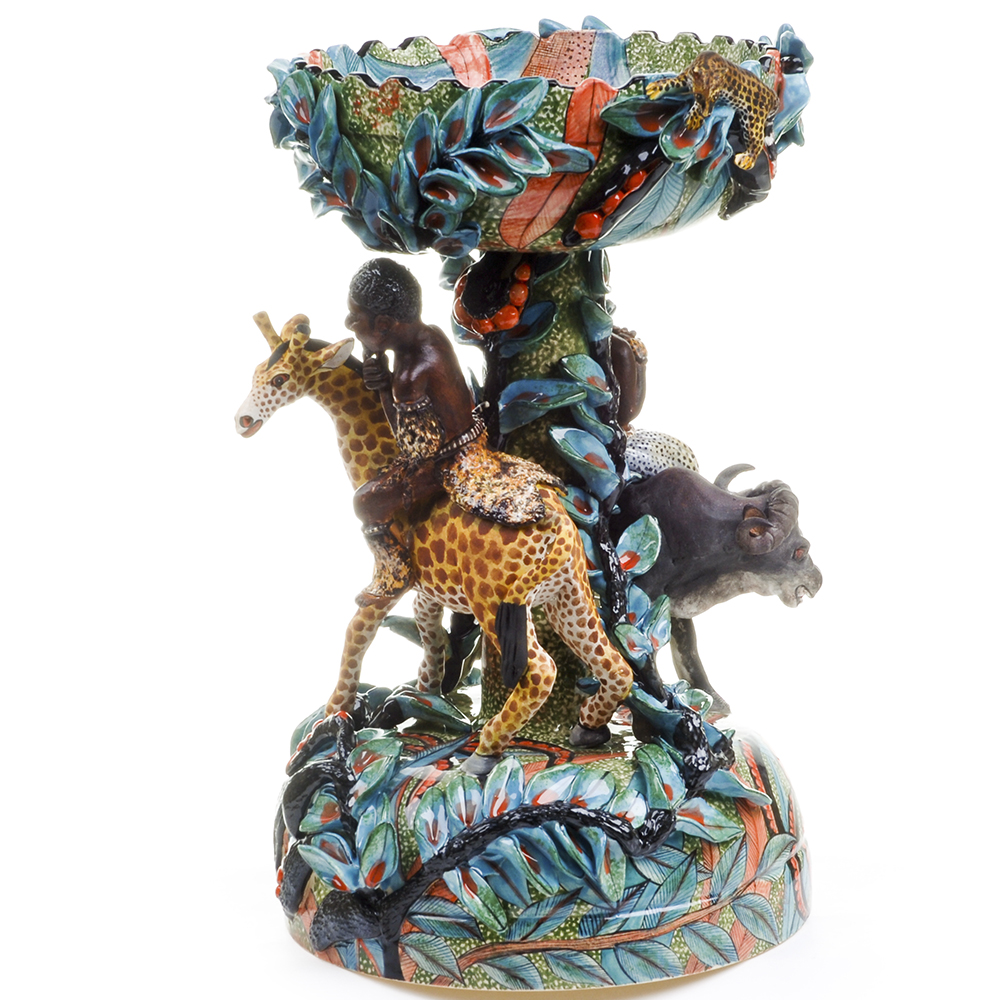
Ardmore Giraffe Pedestal Bowl by Sabelo & Wiseman
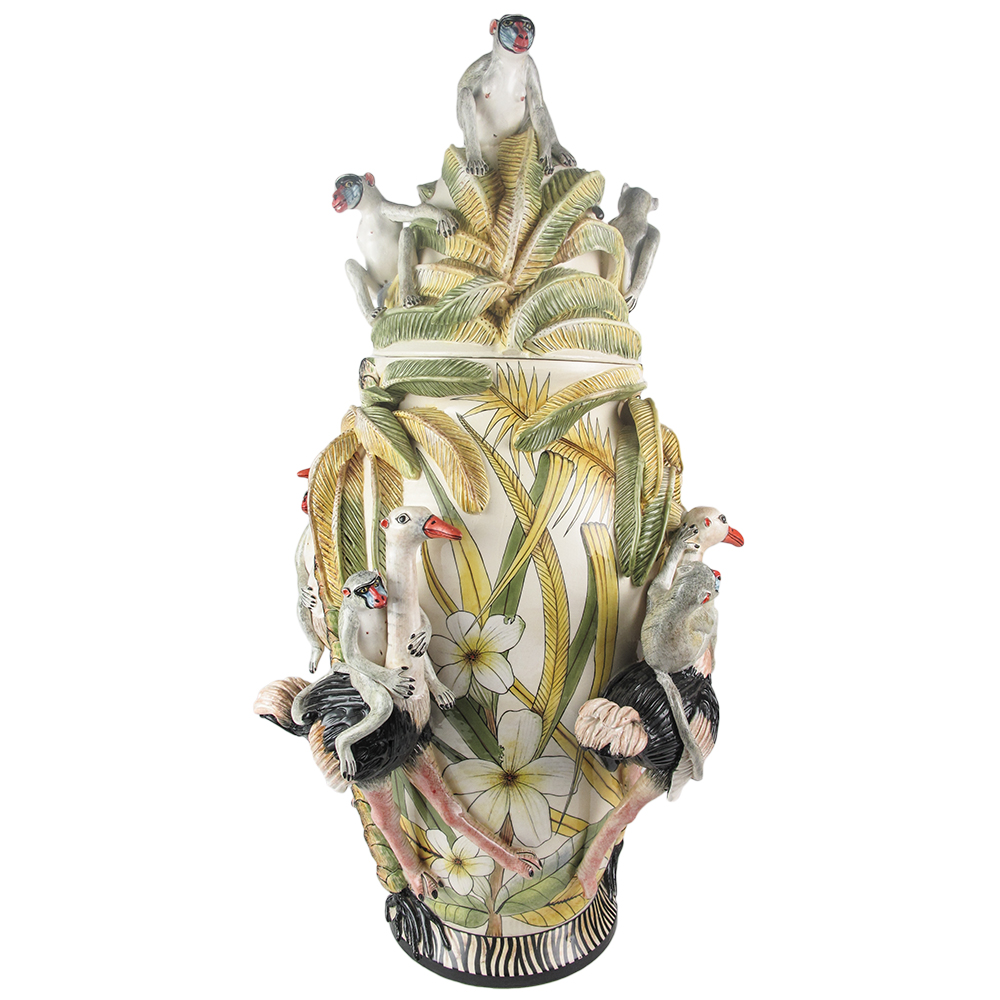
Ardmore Monkey & Bird Vase by Sabelo & Wiseman
